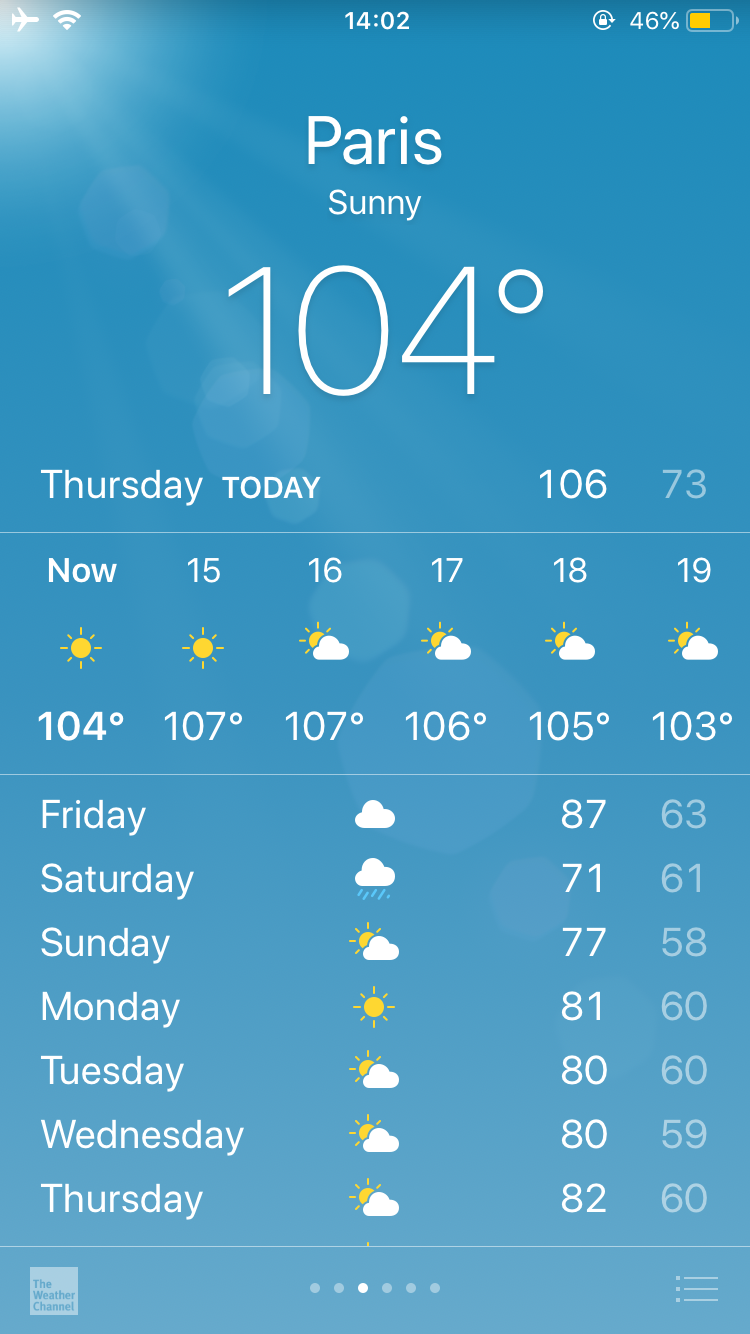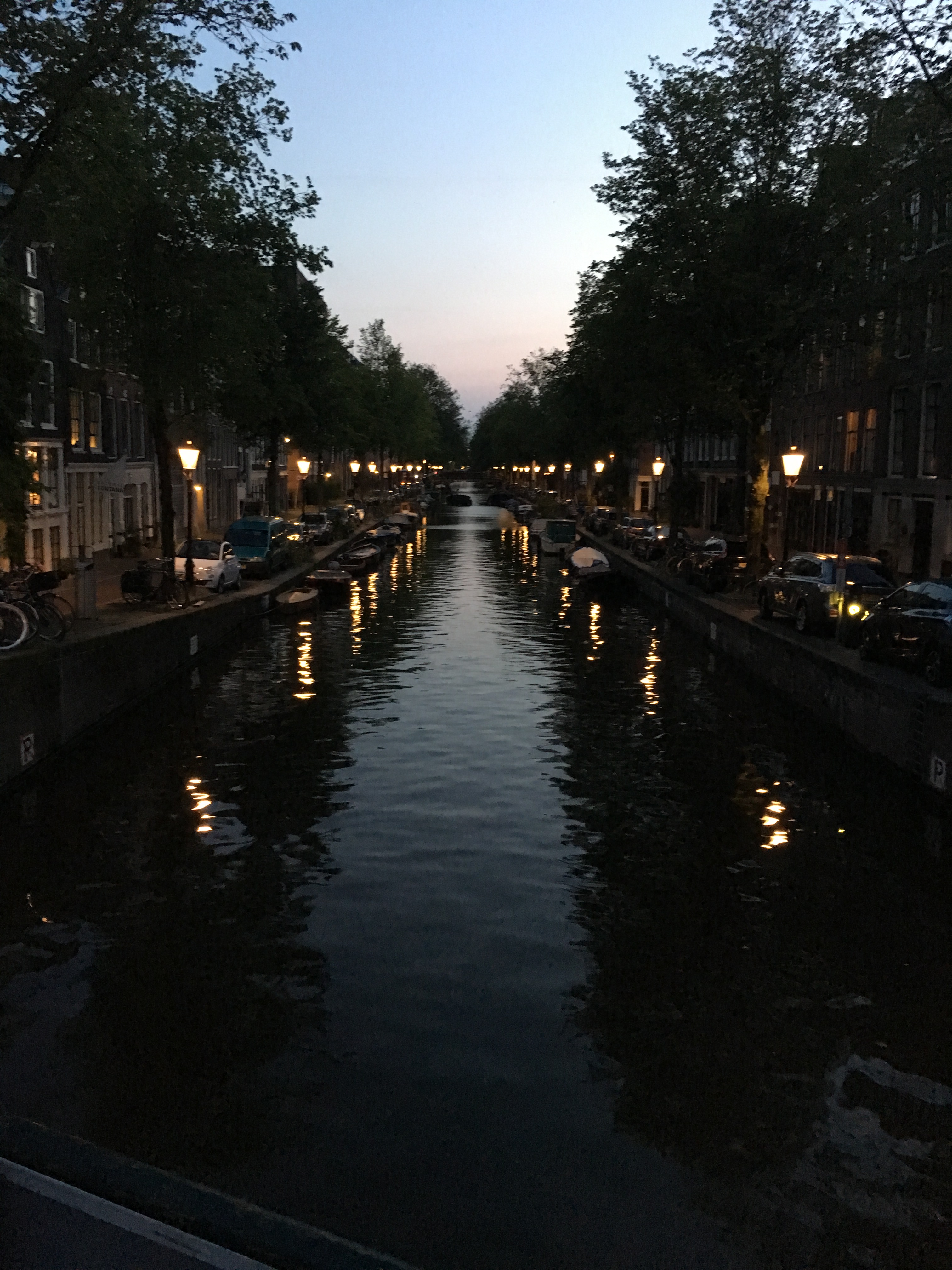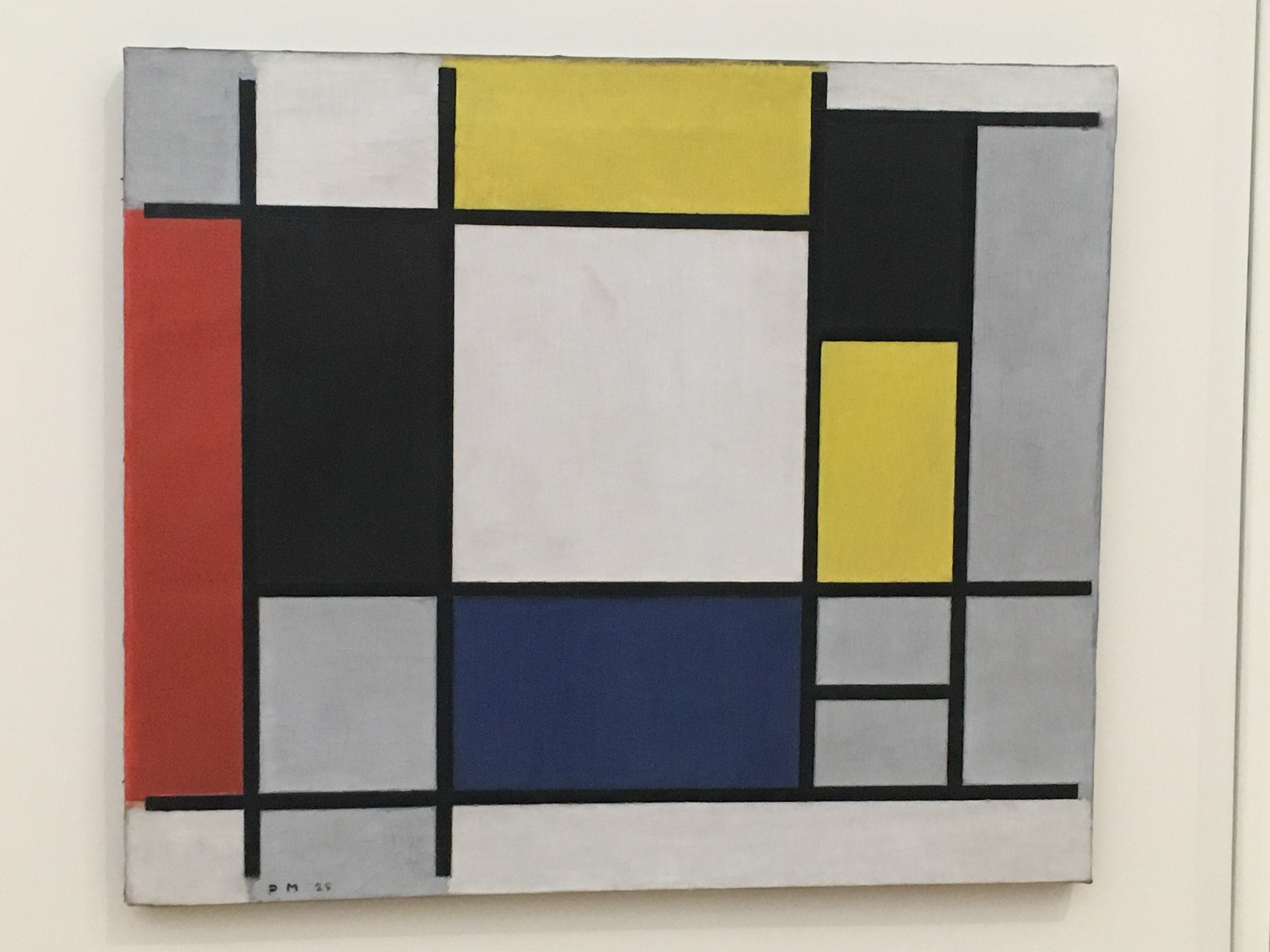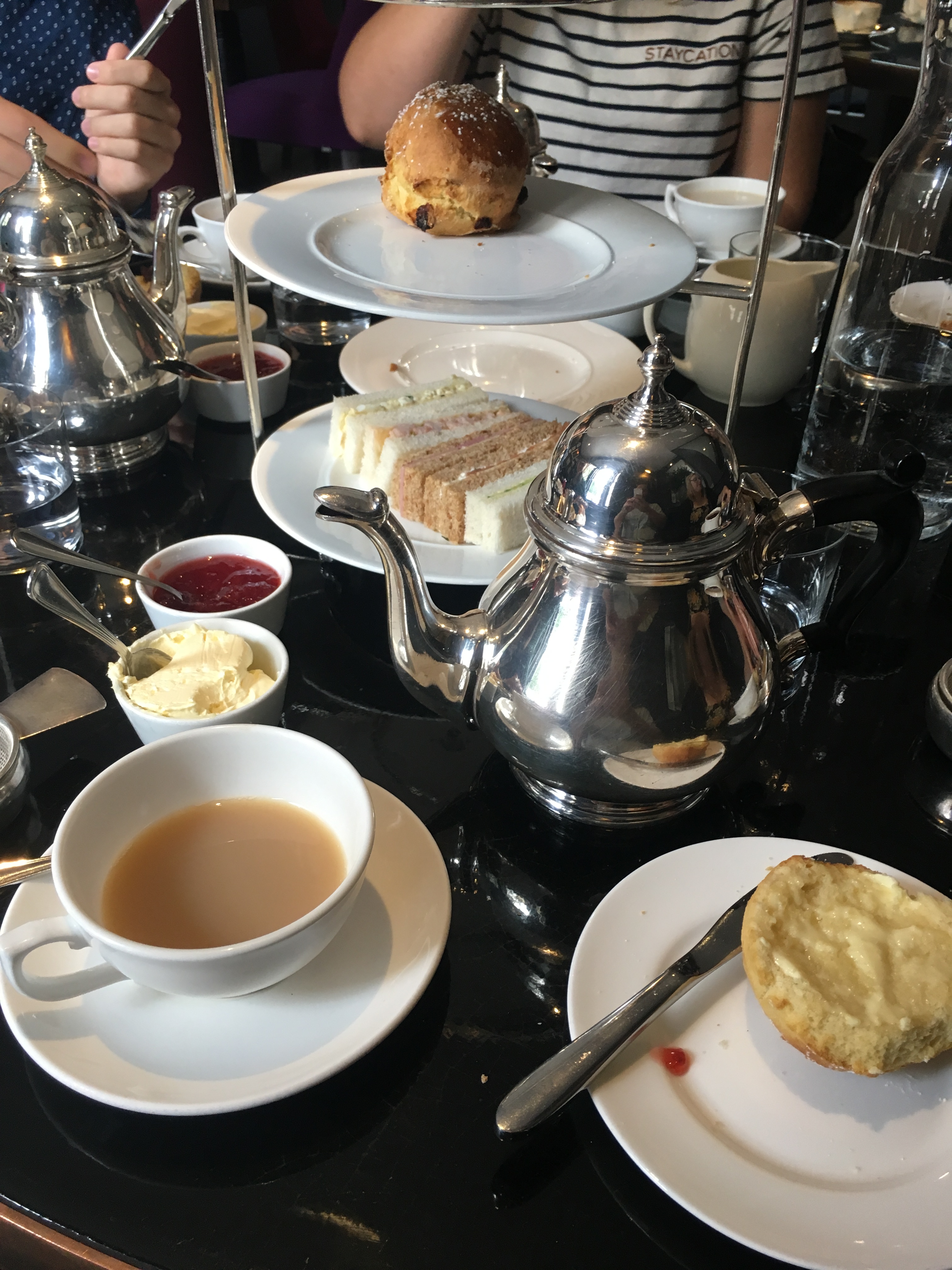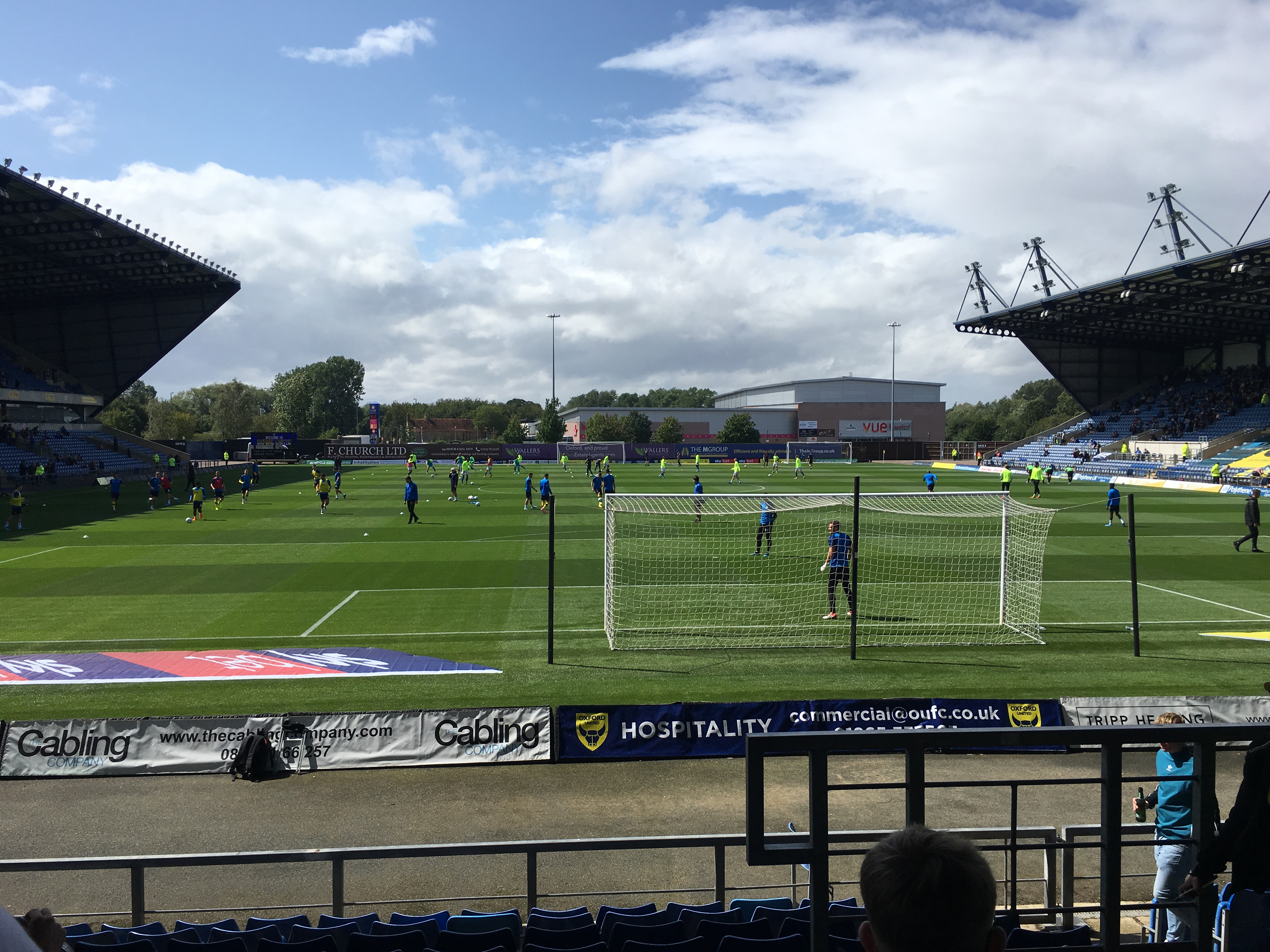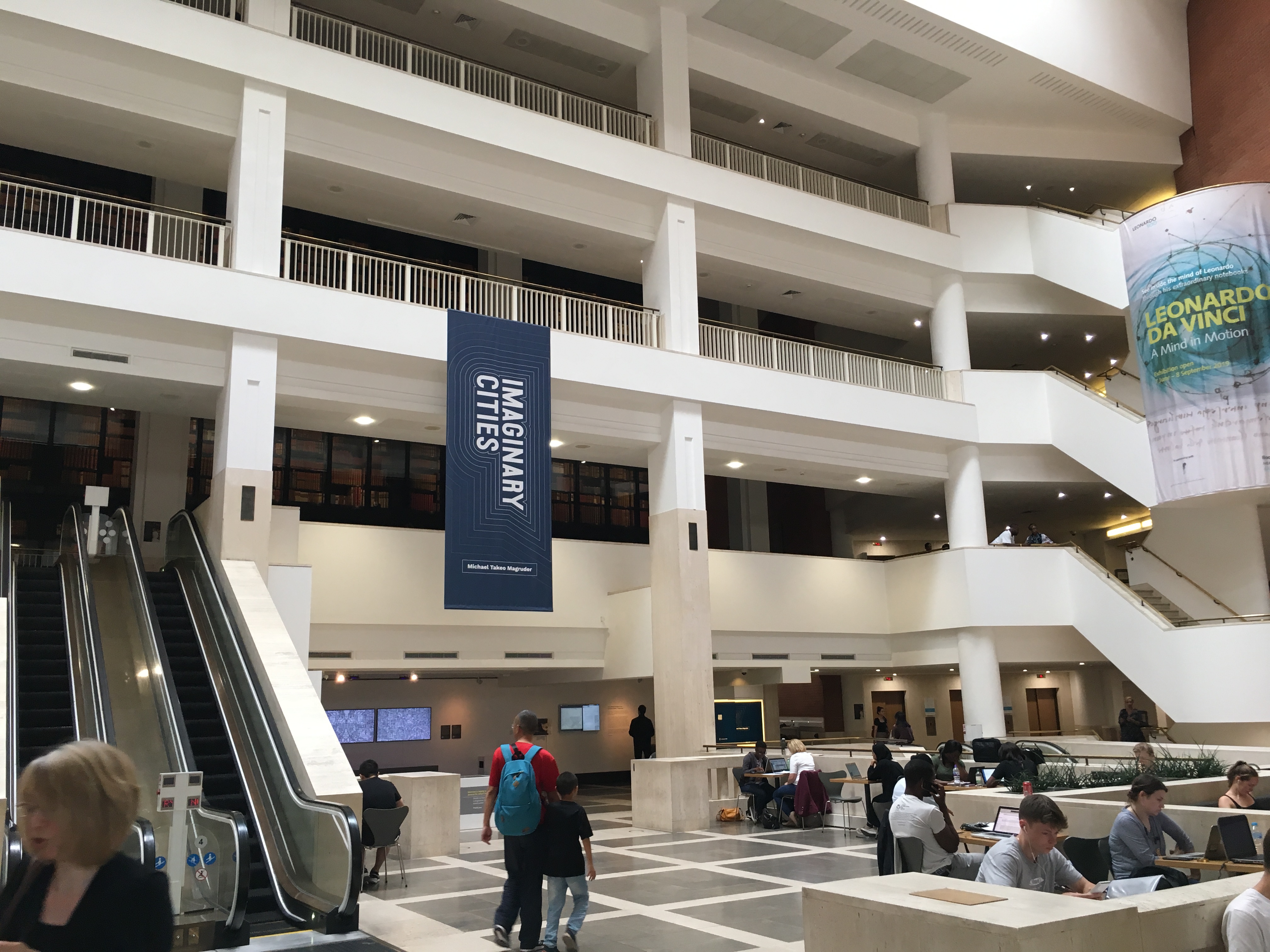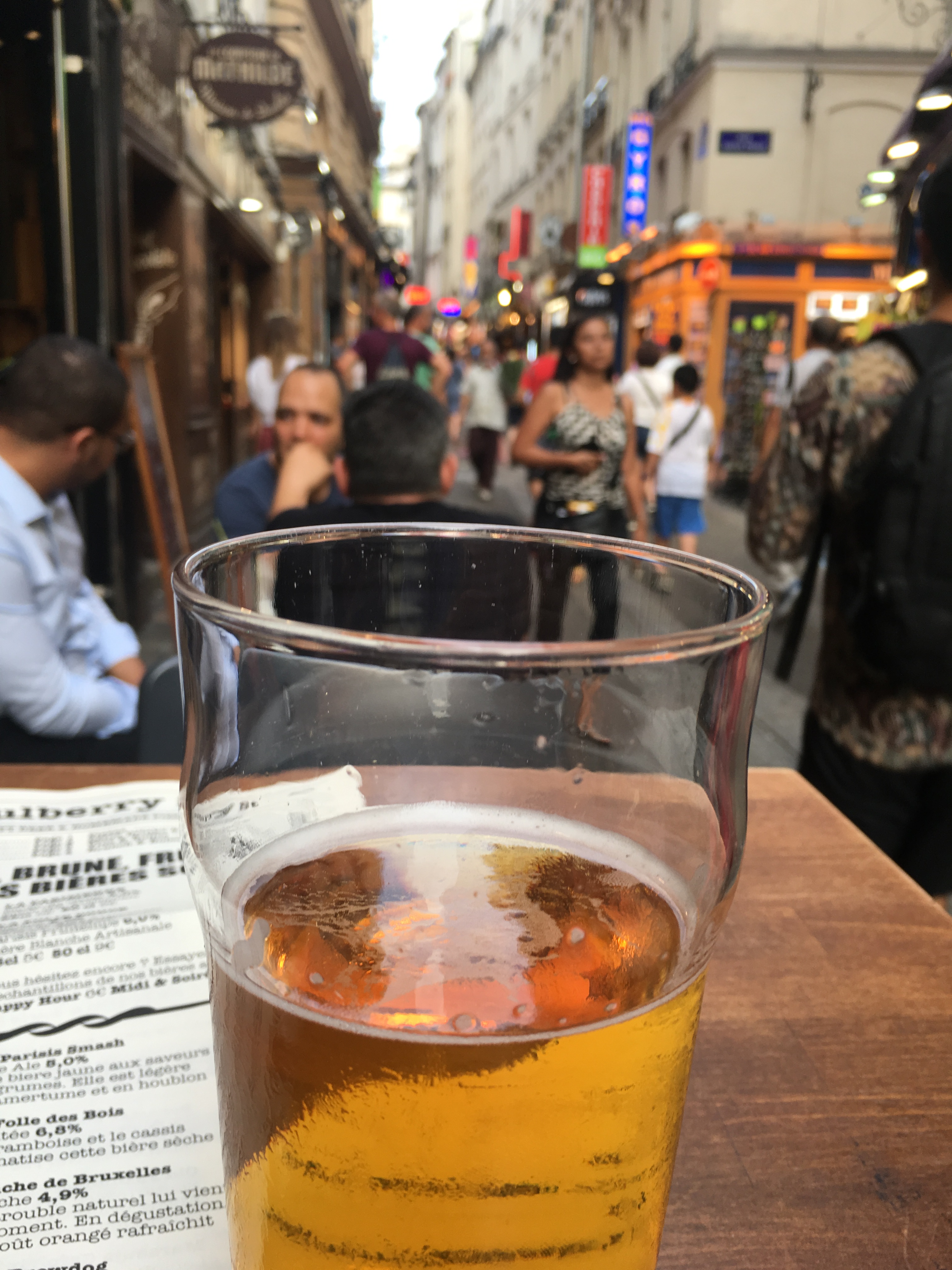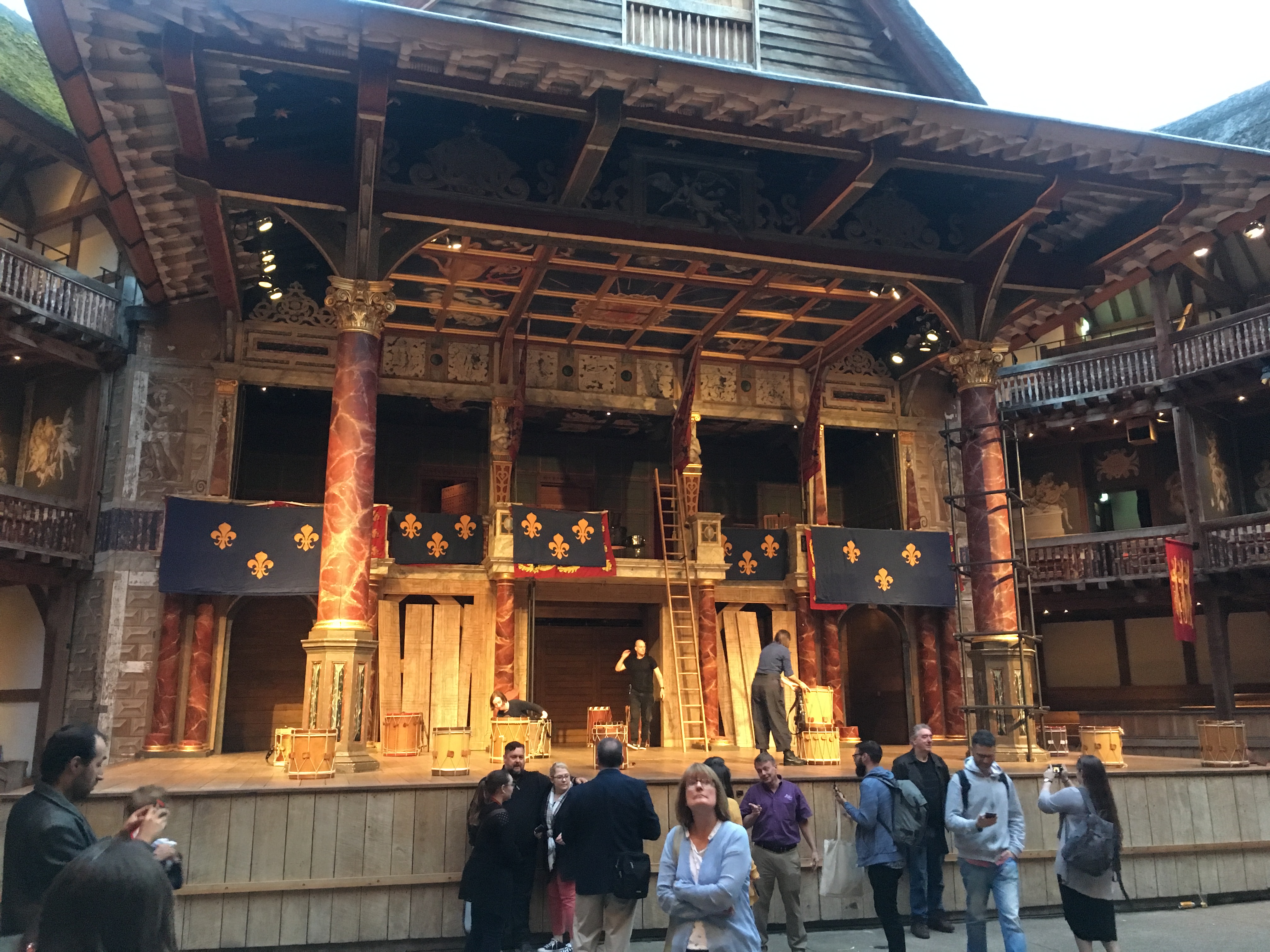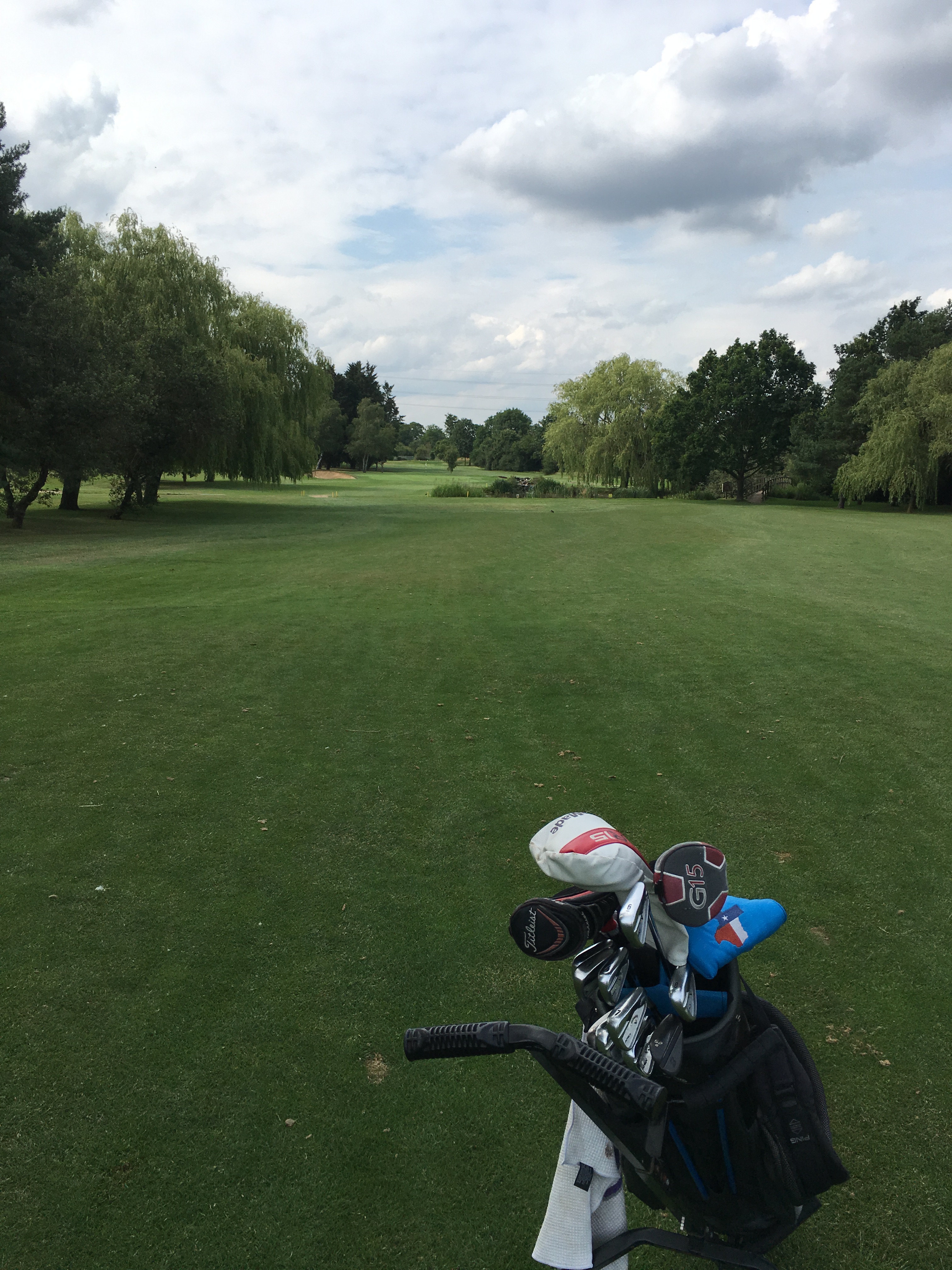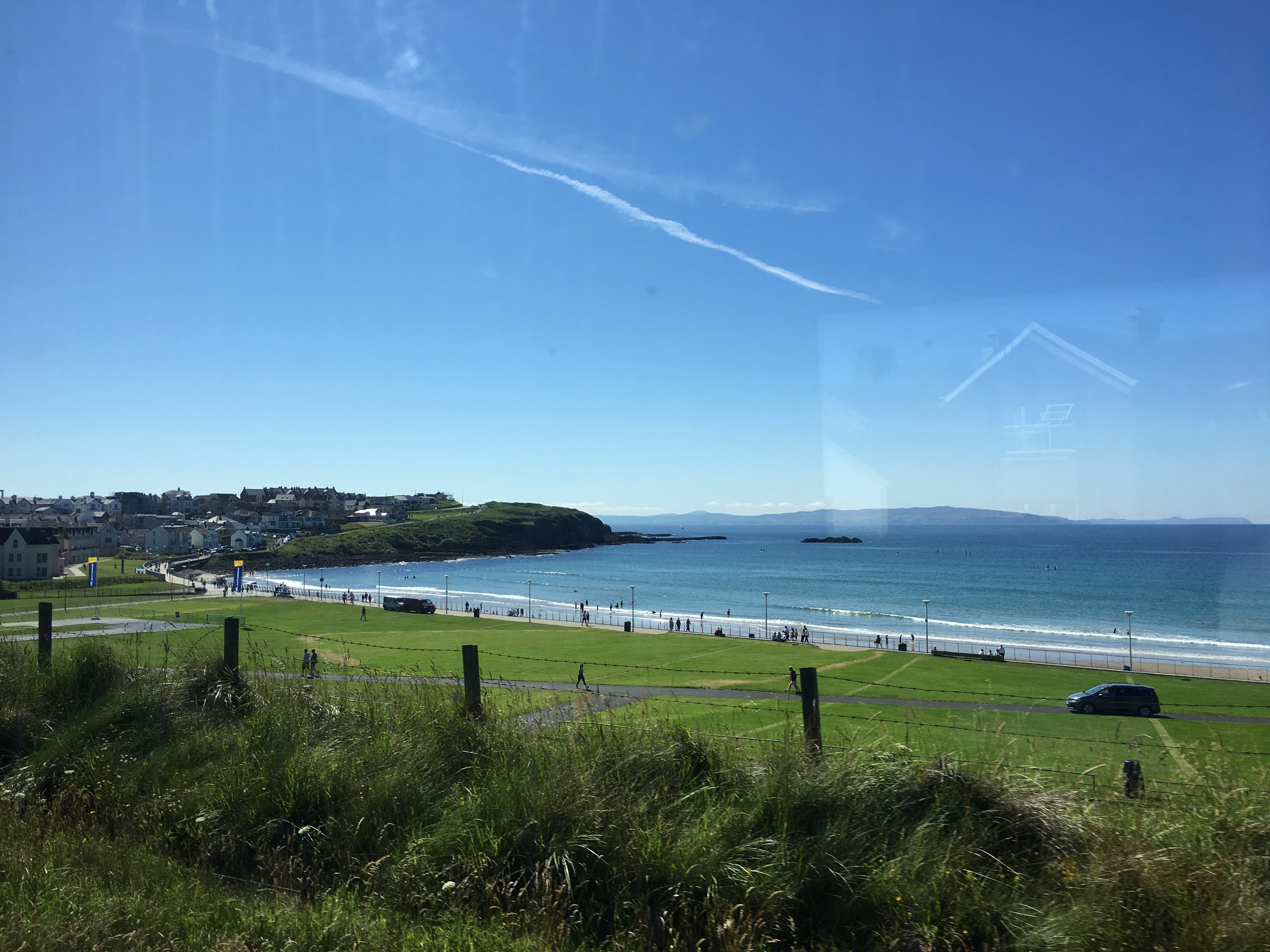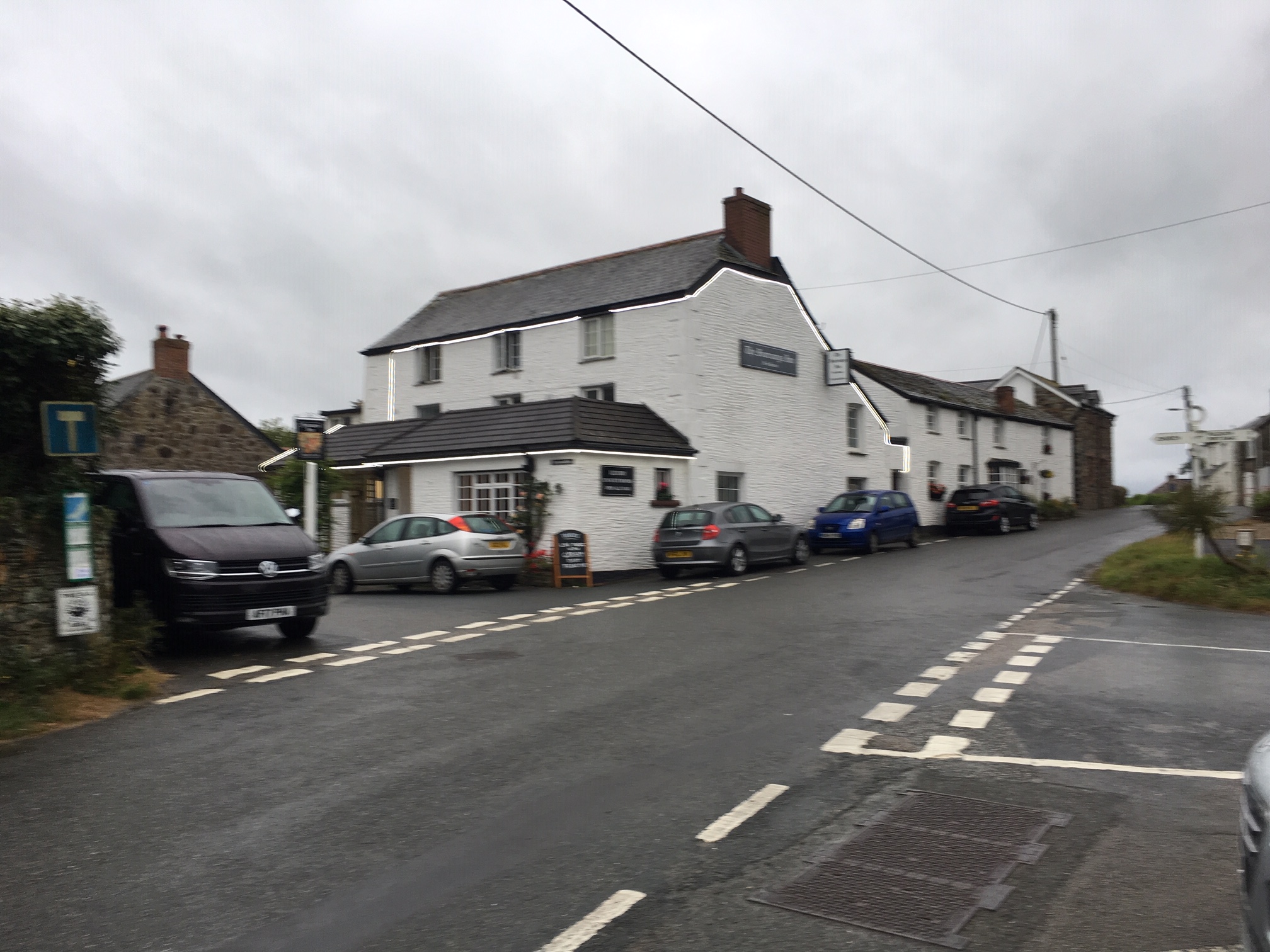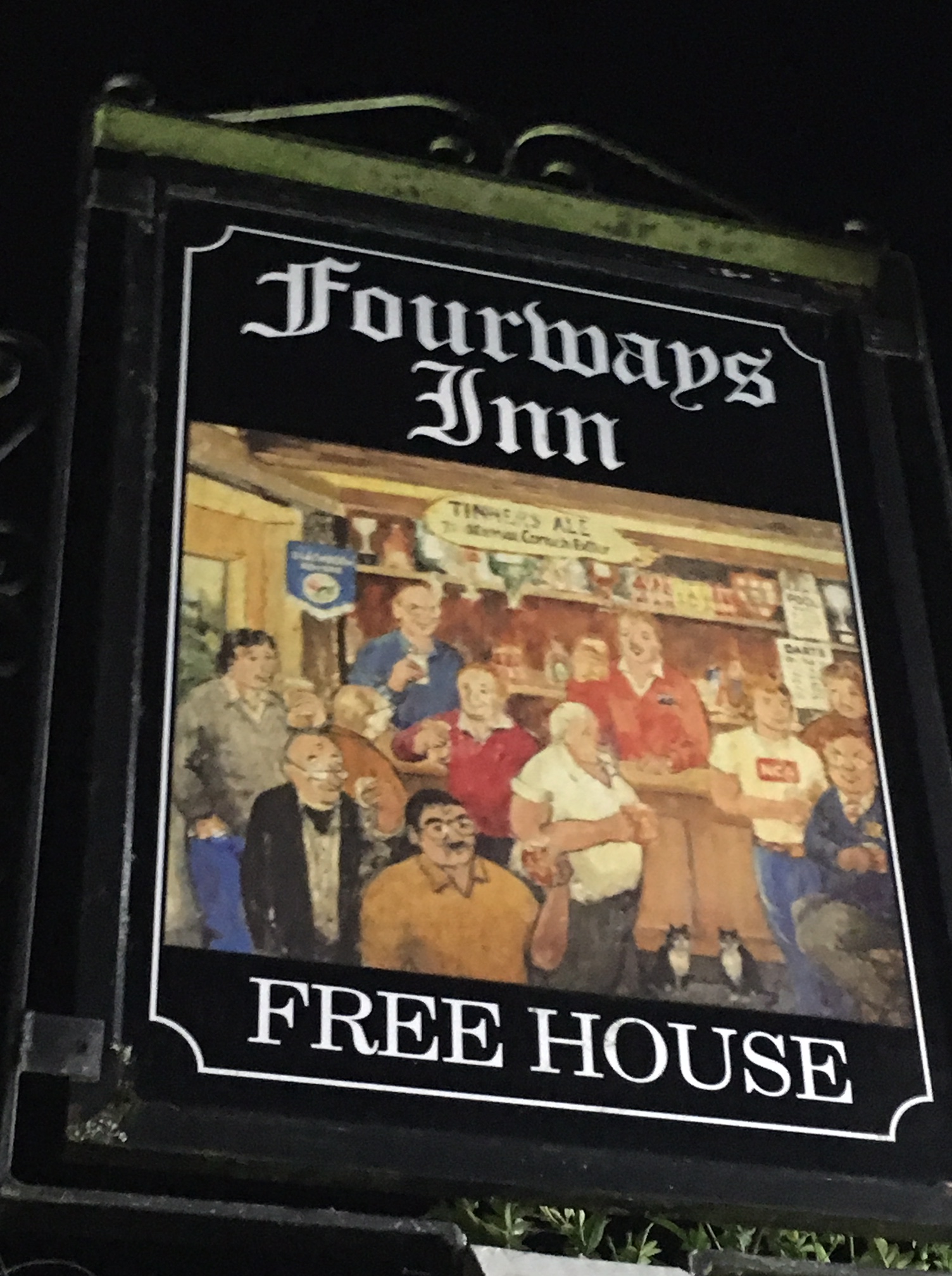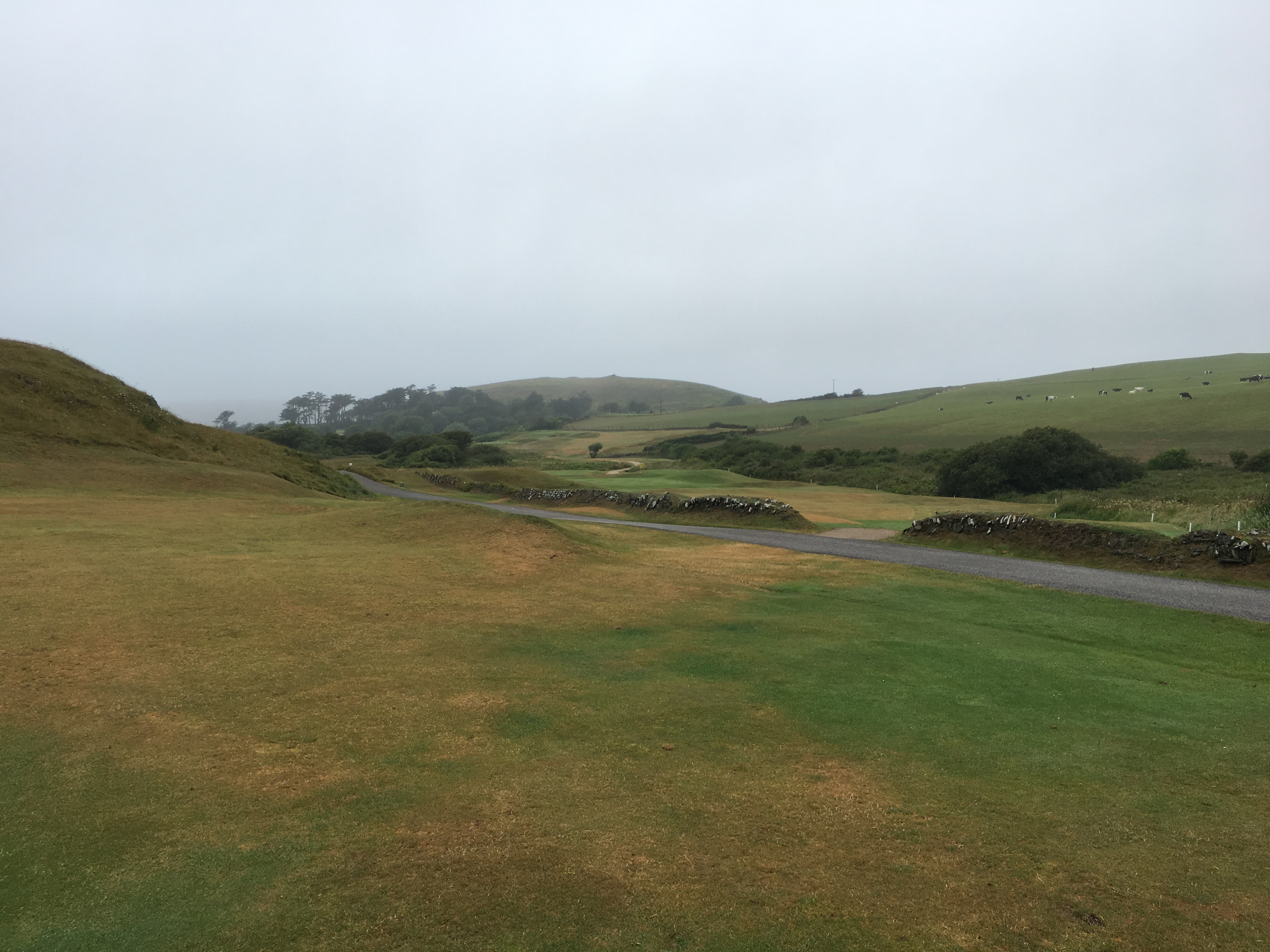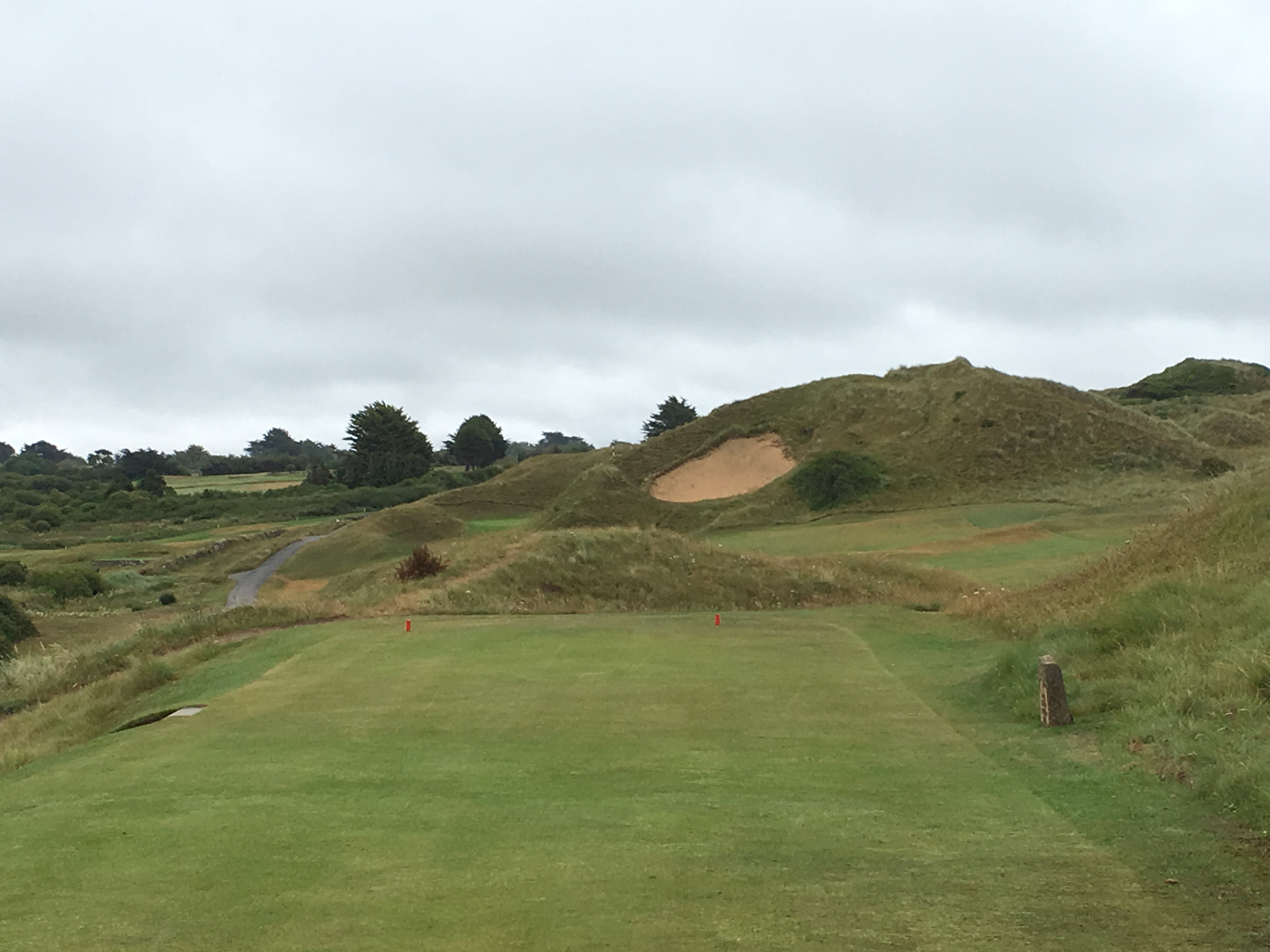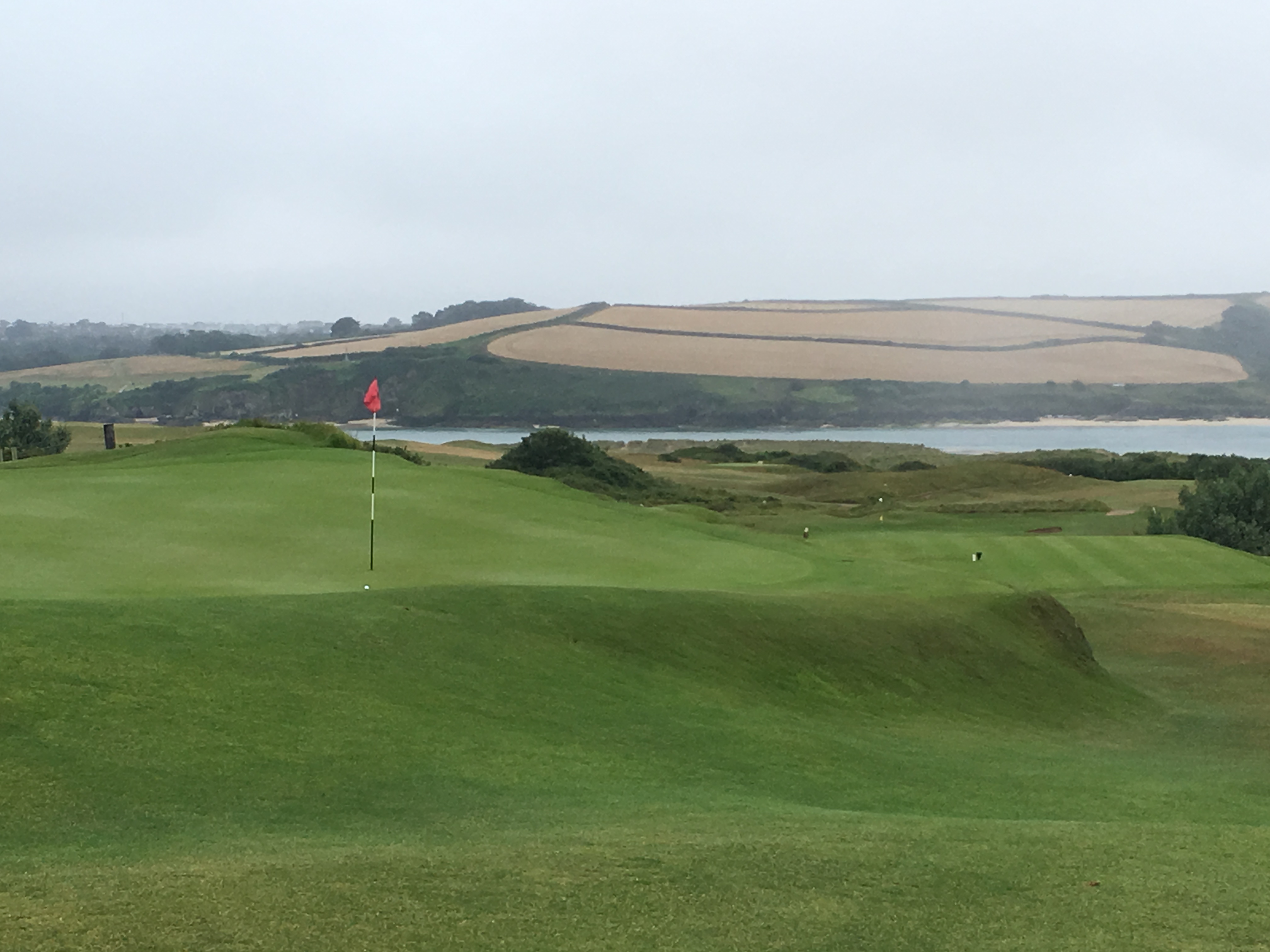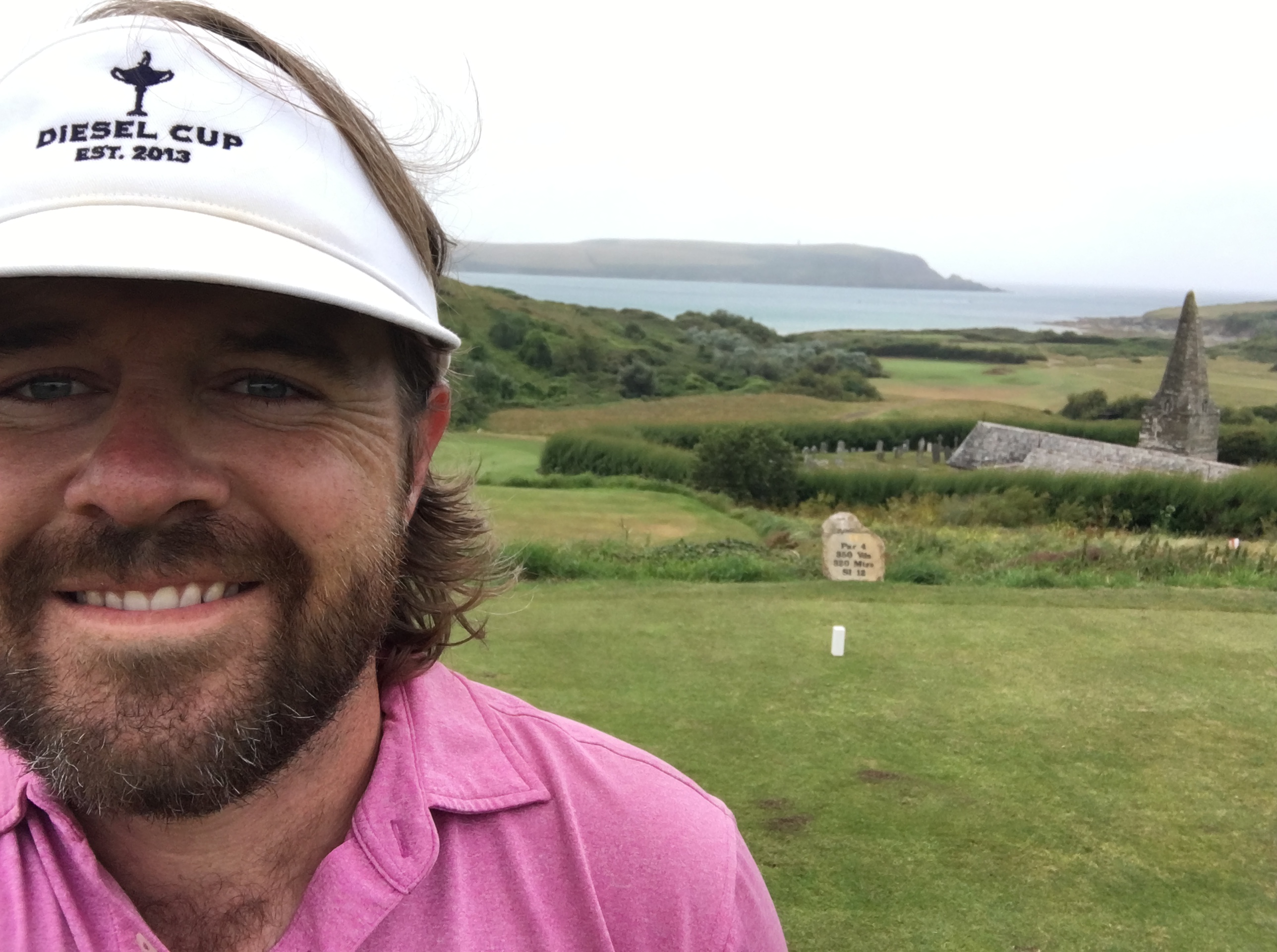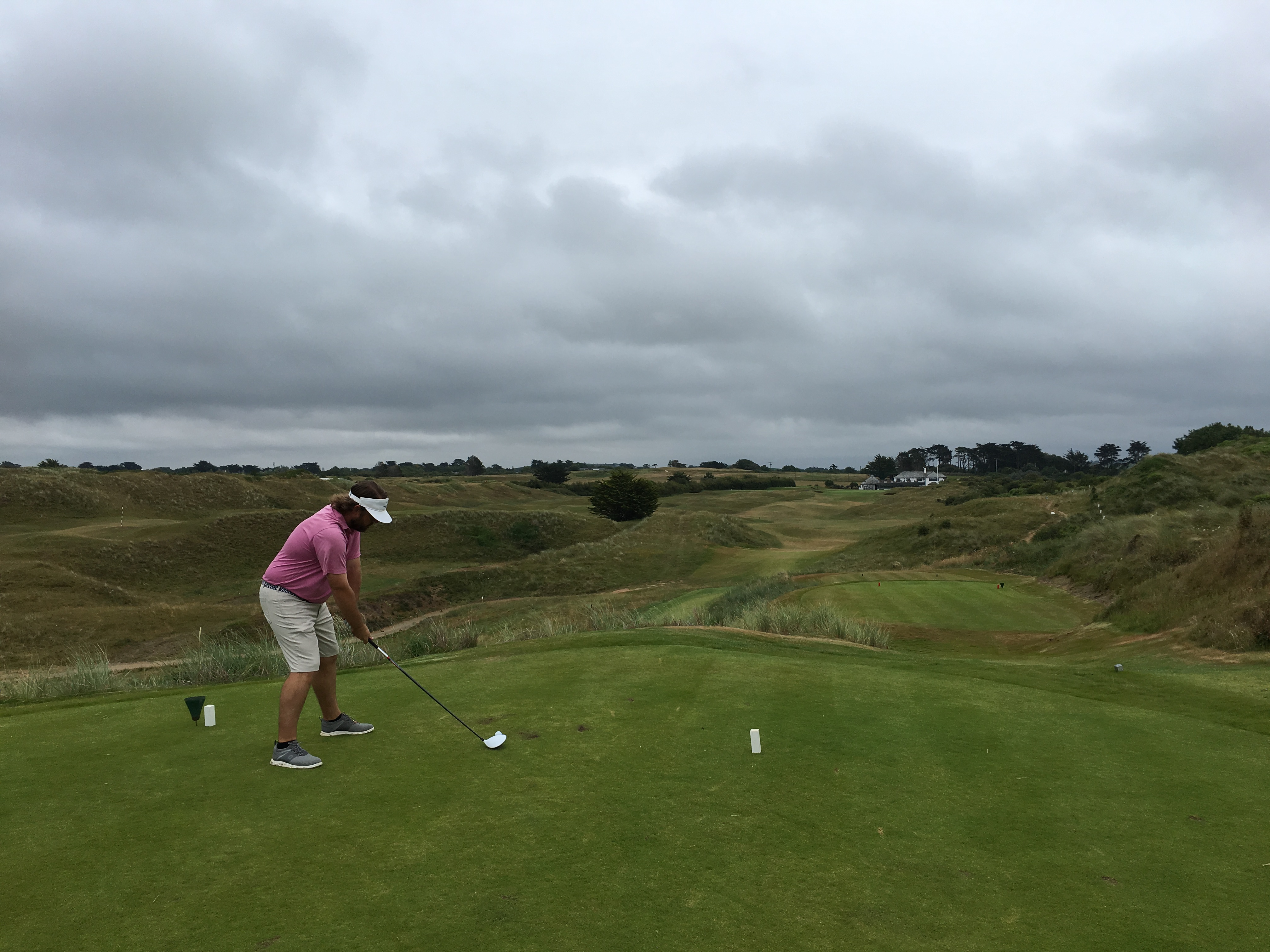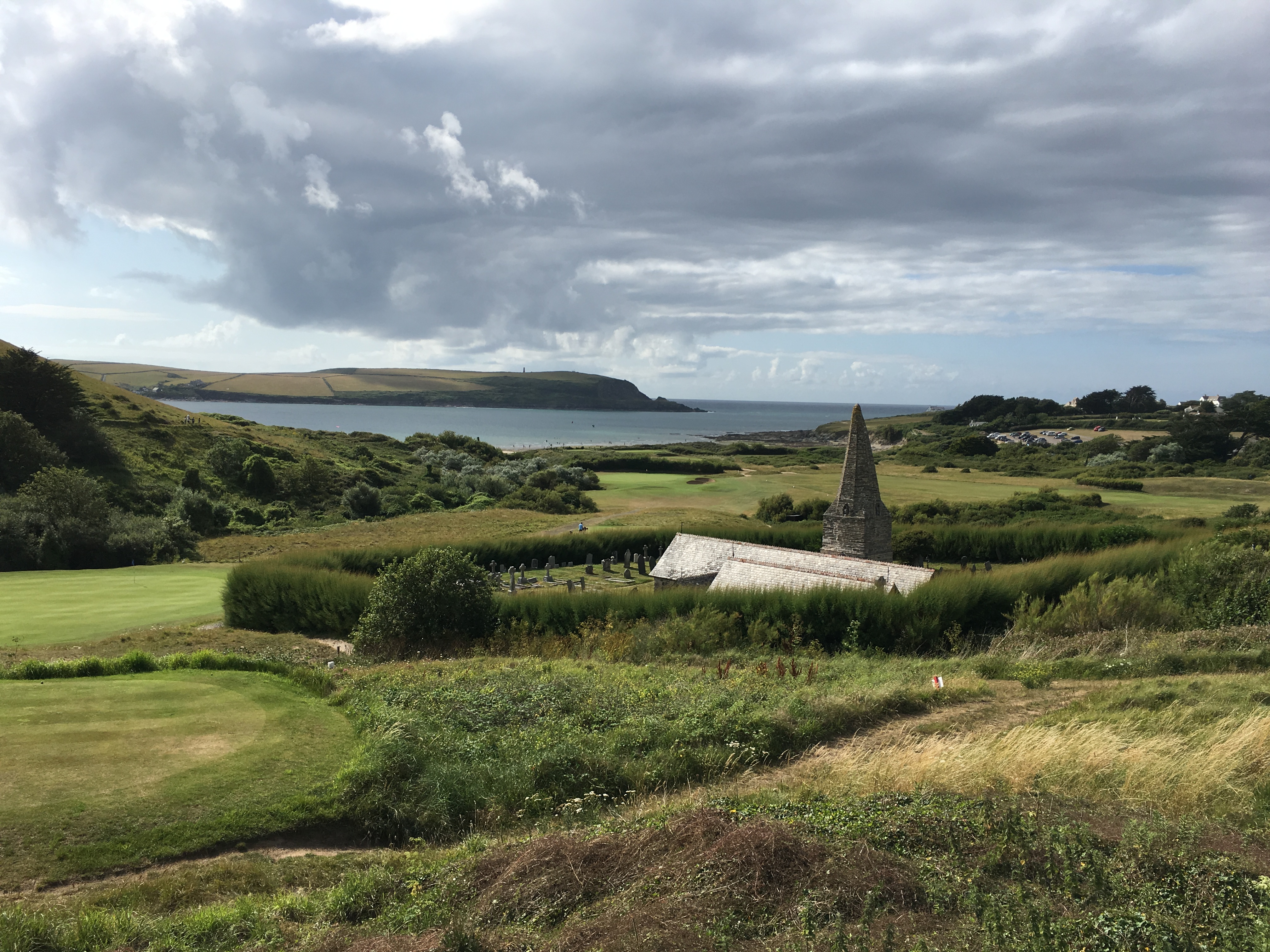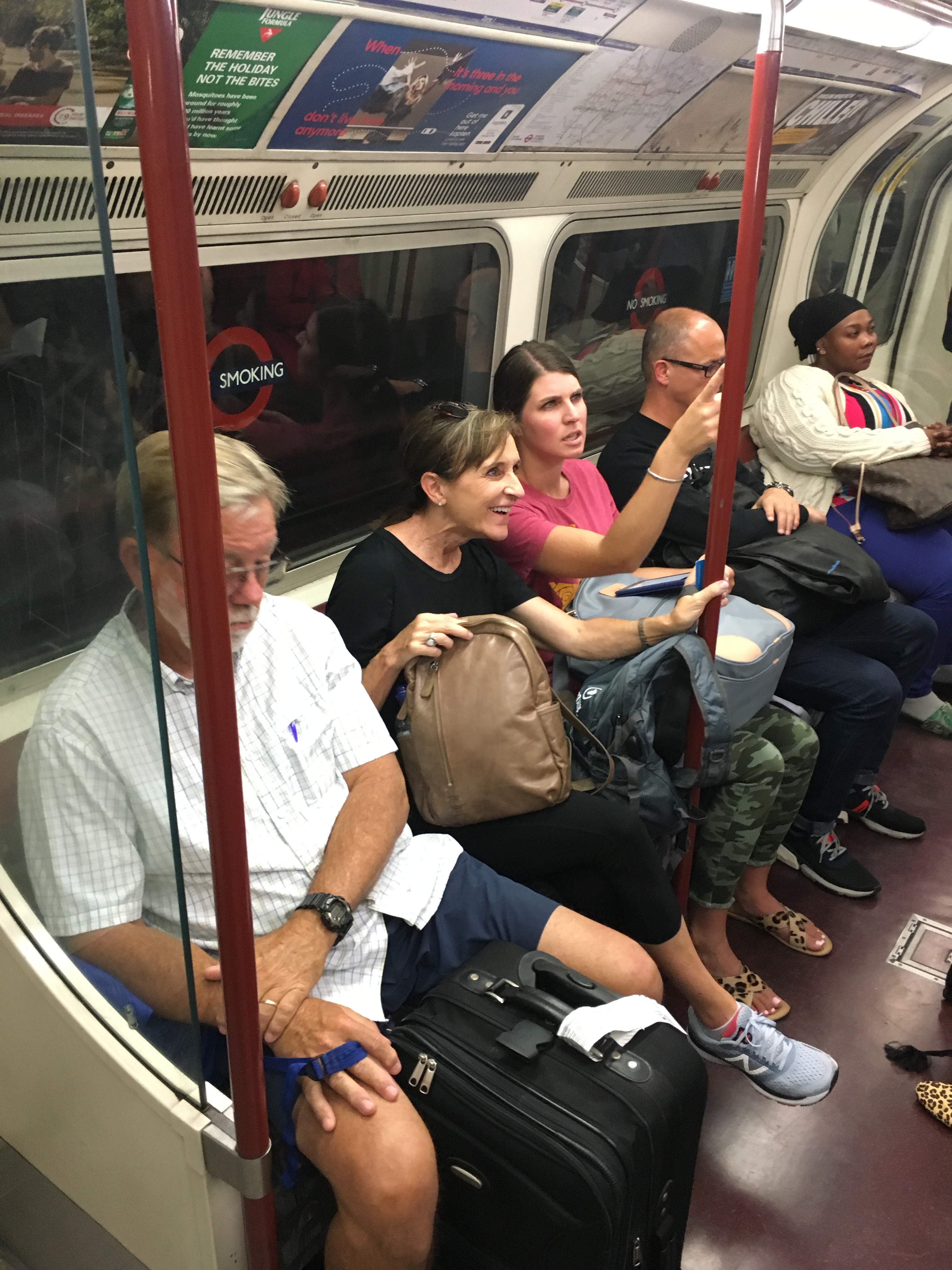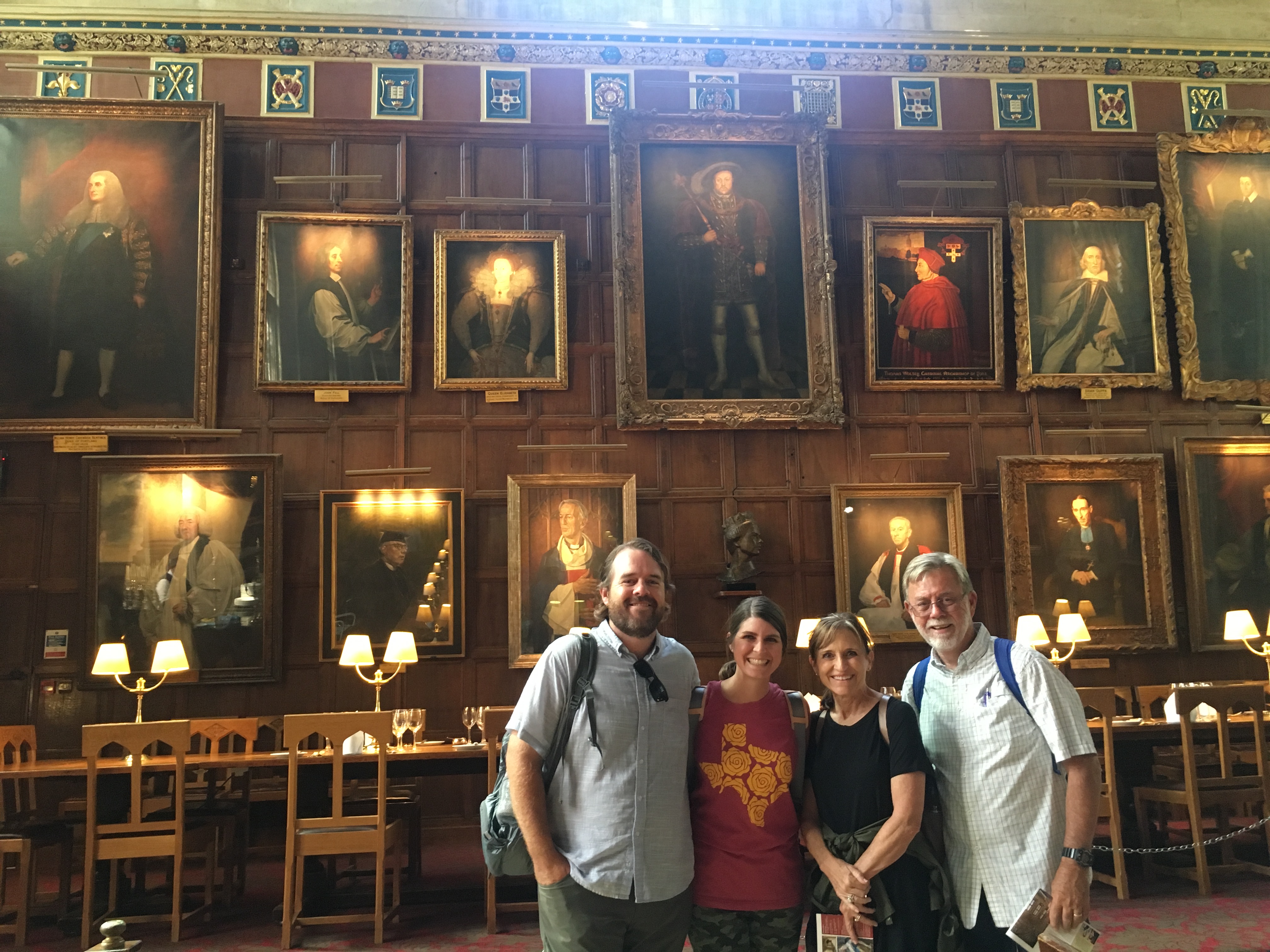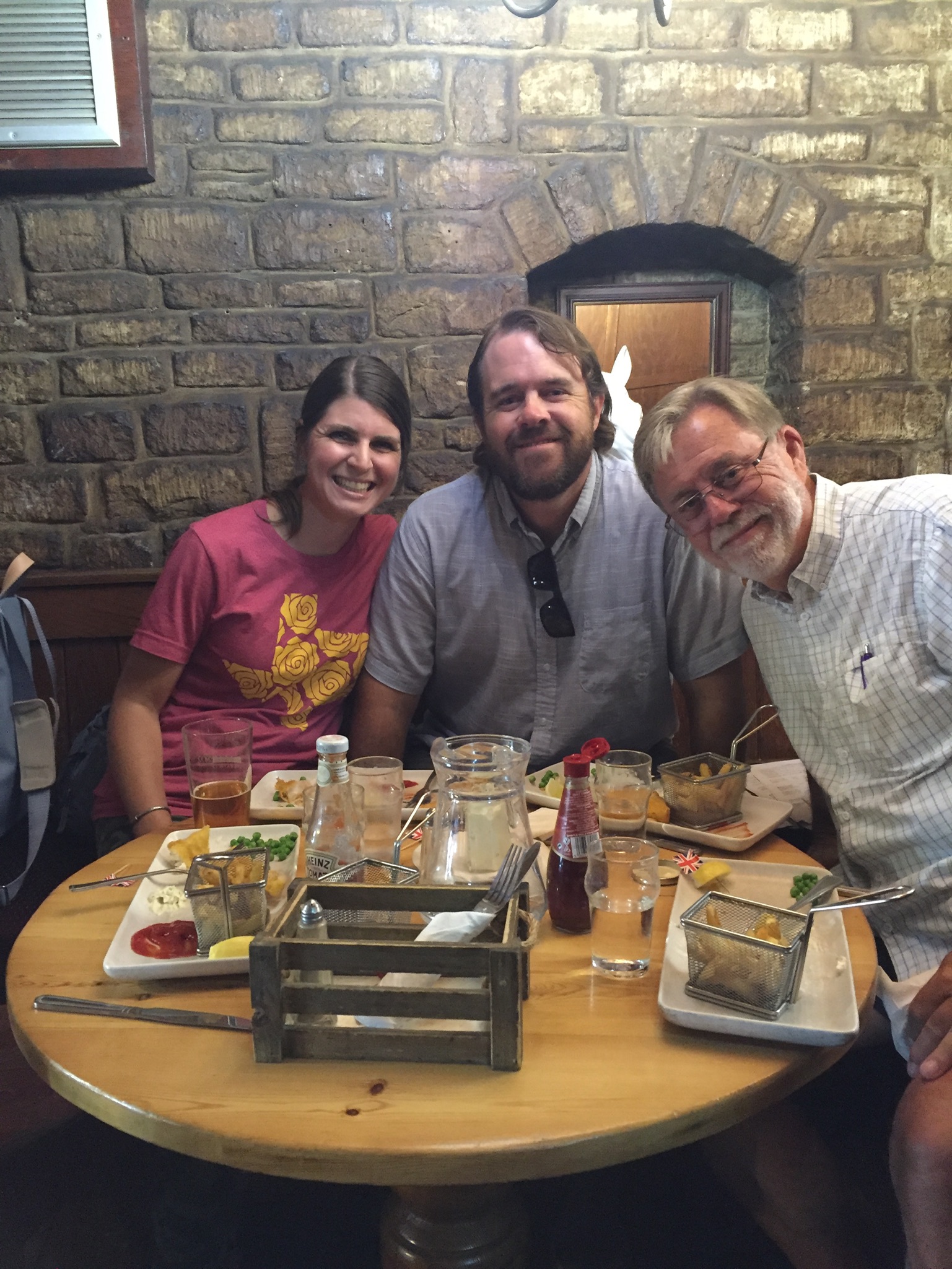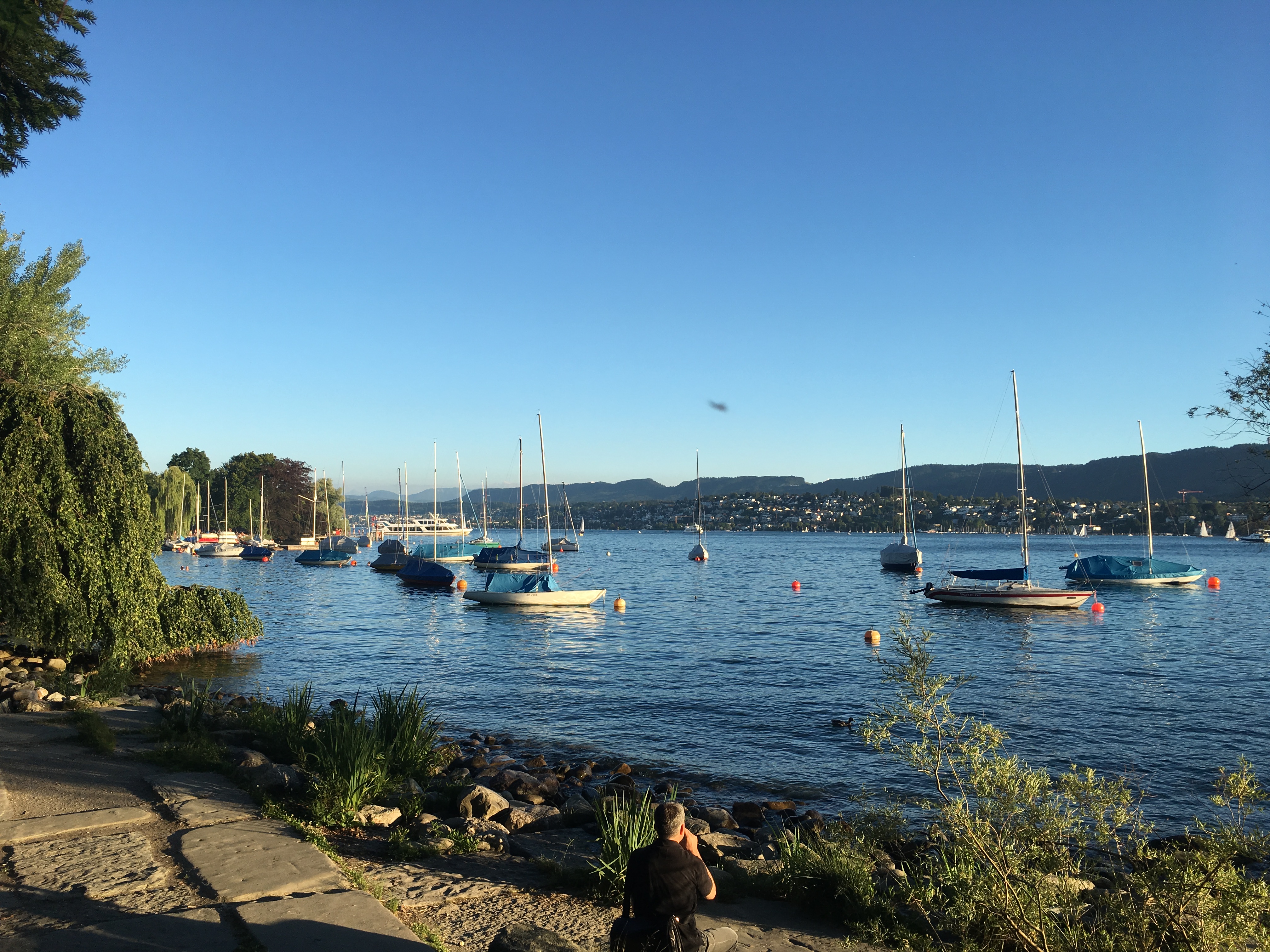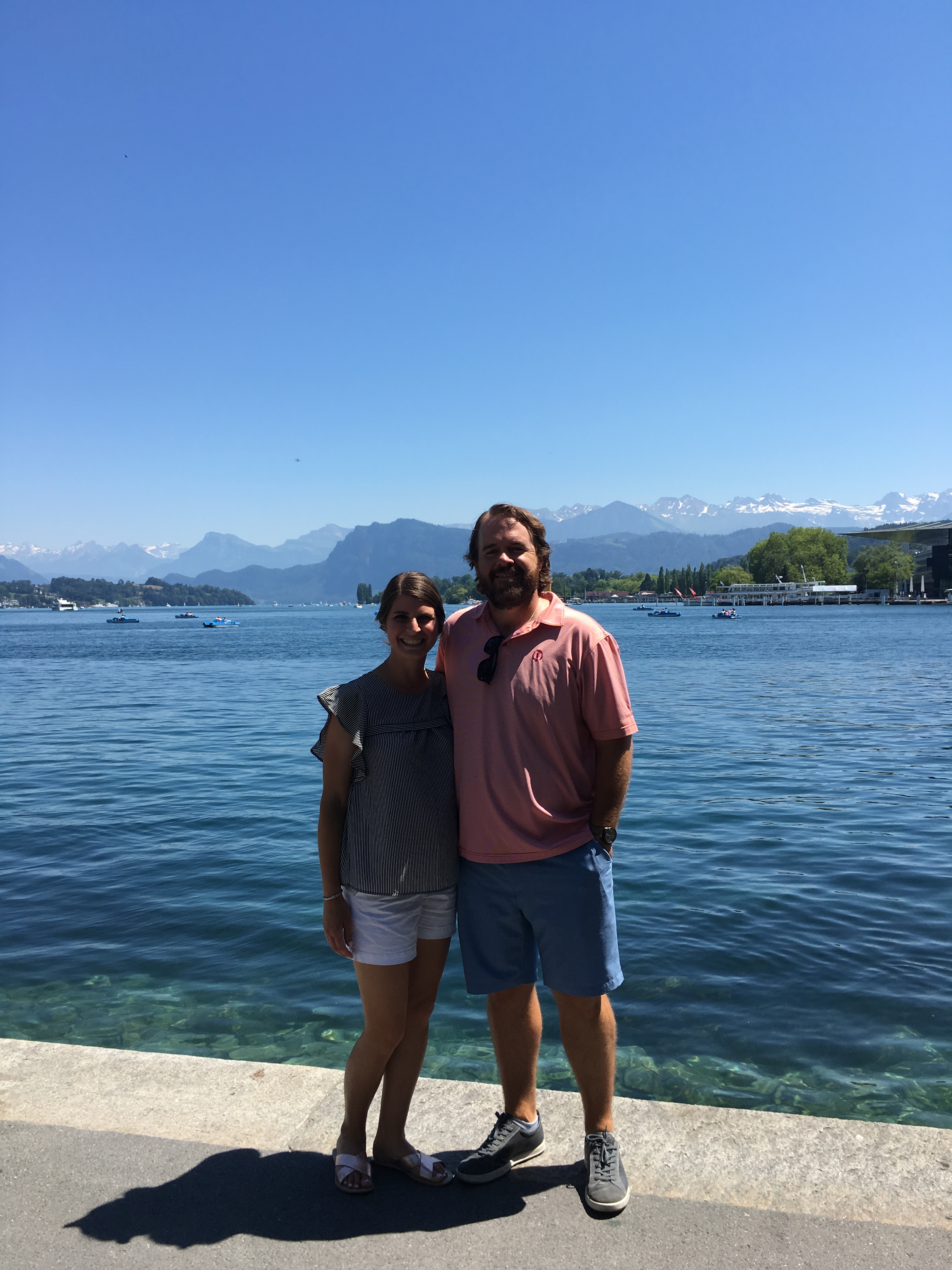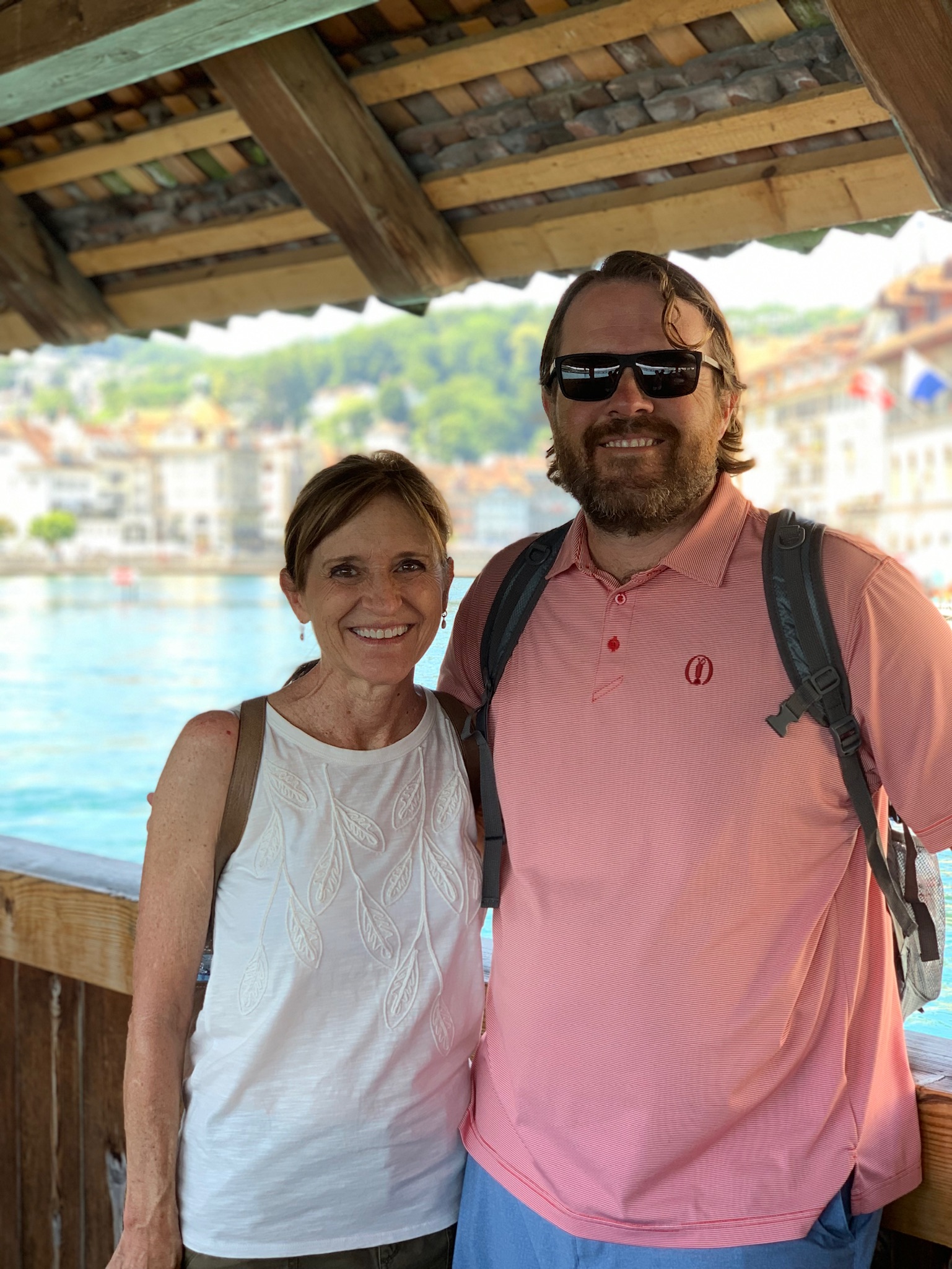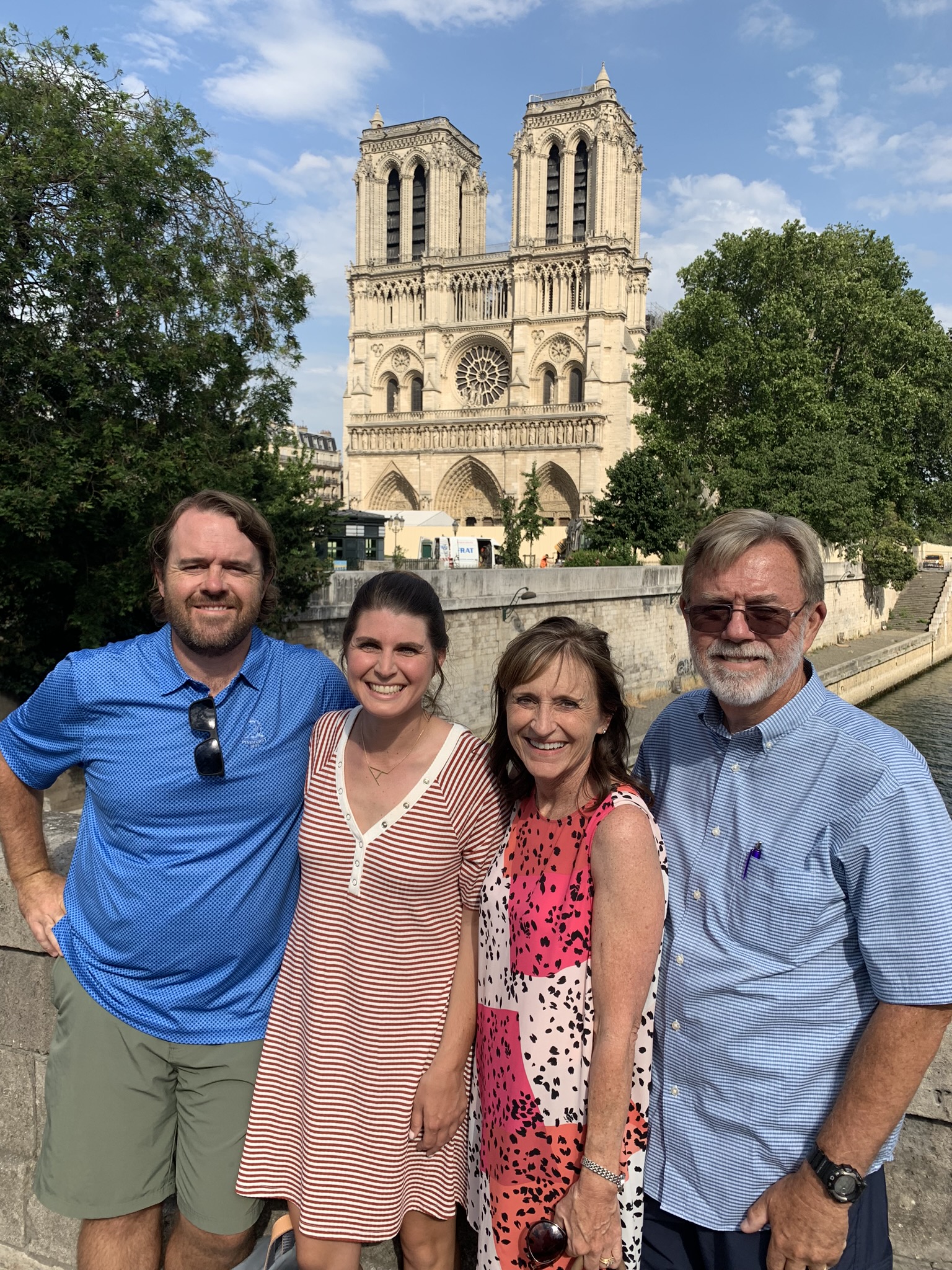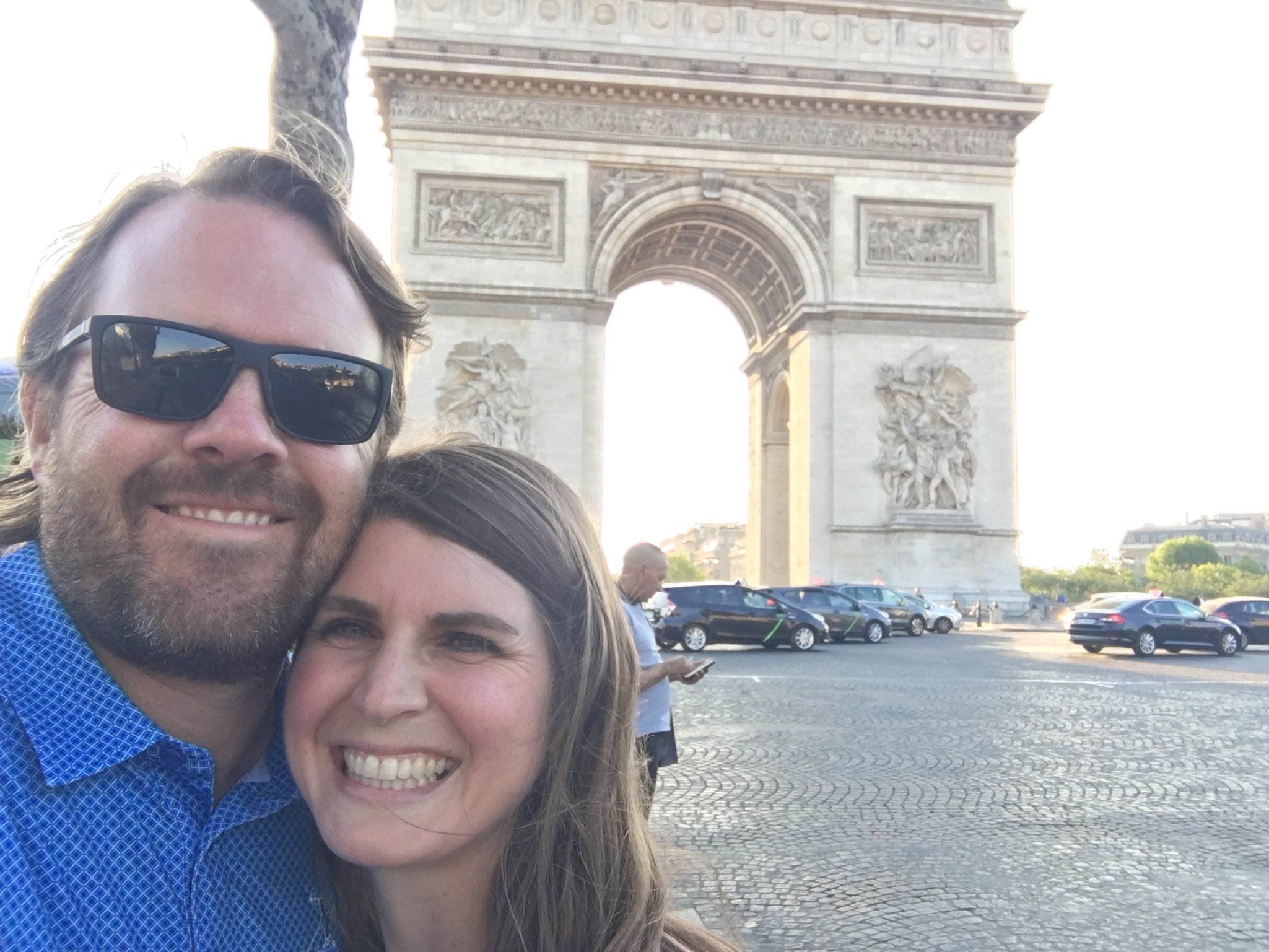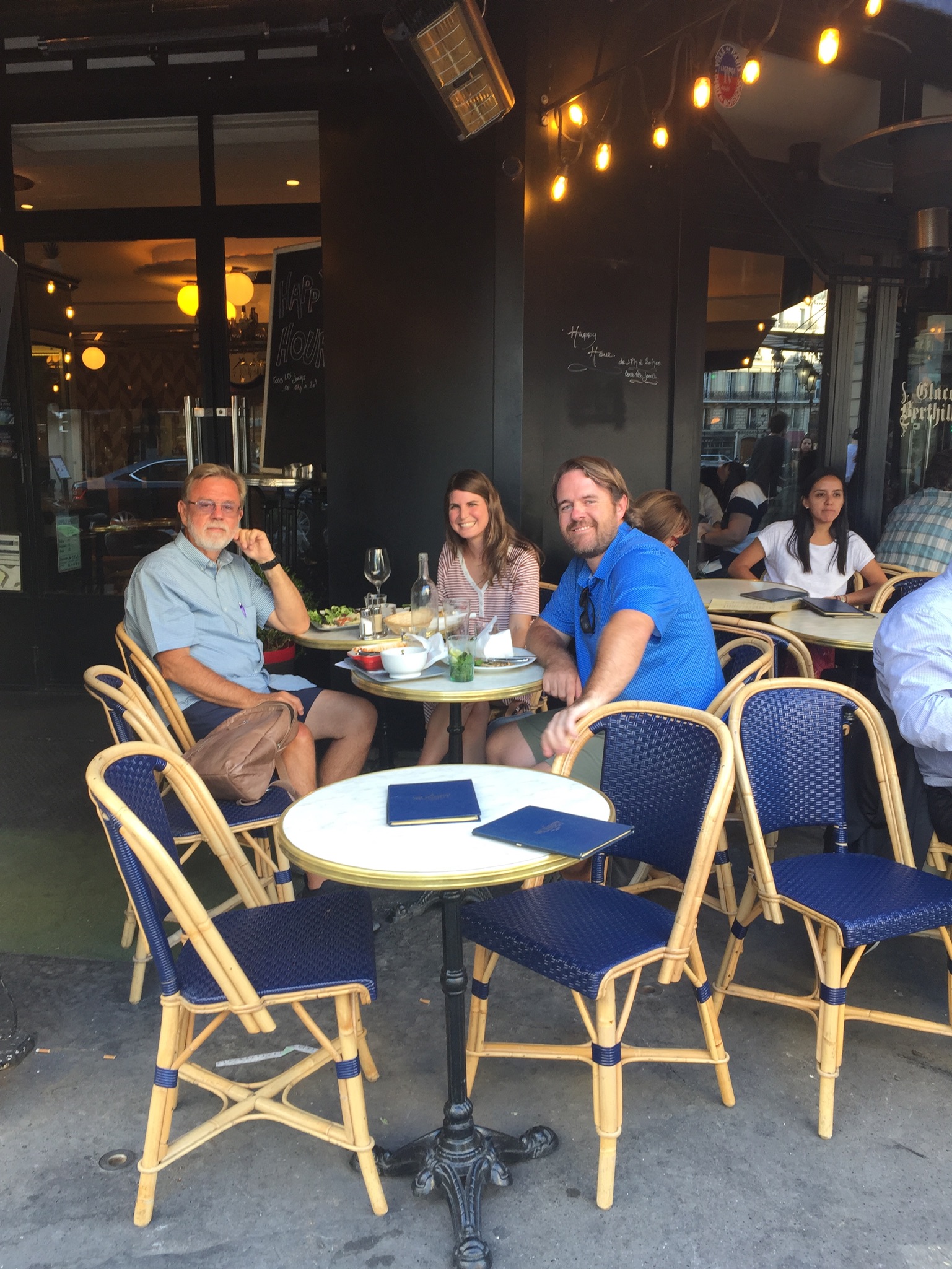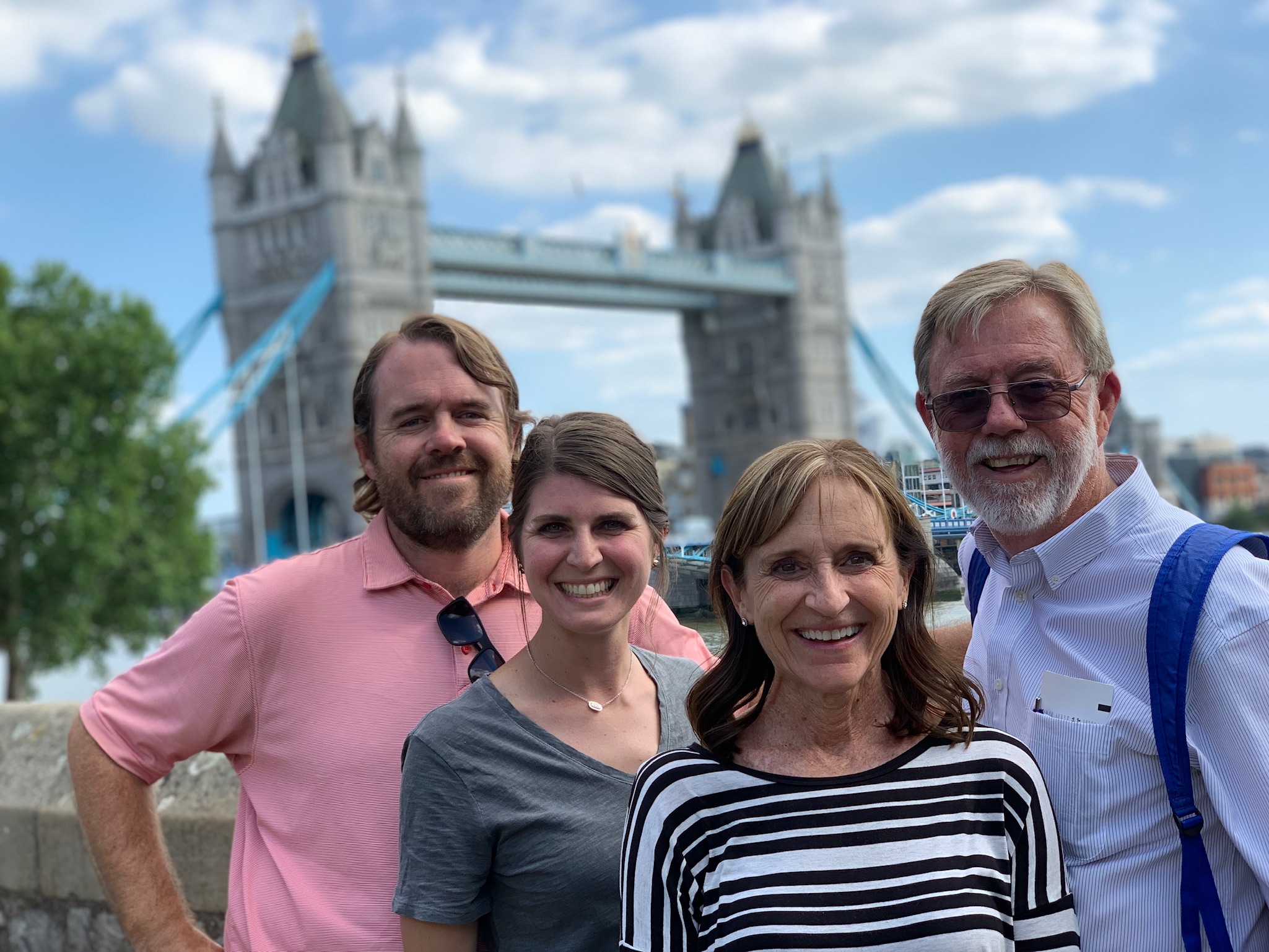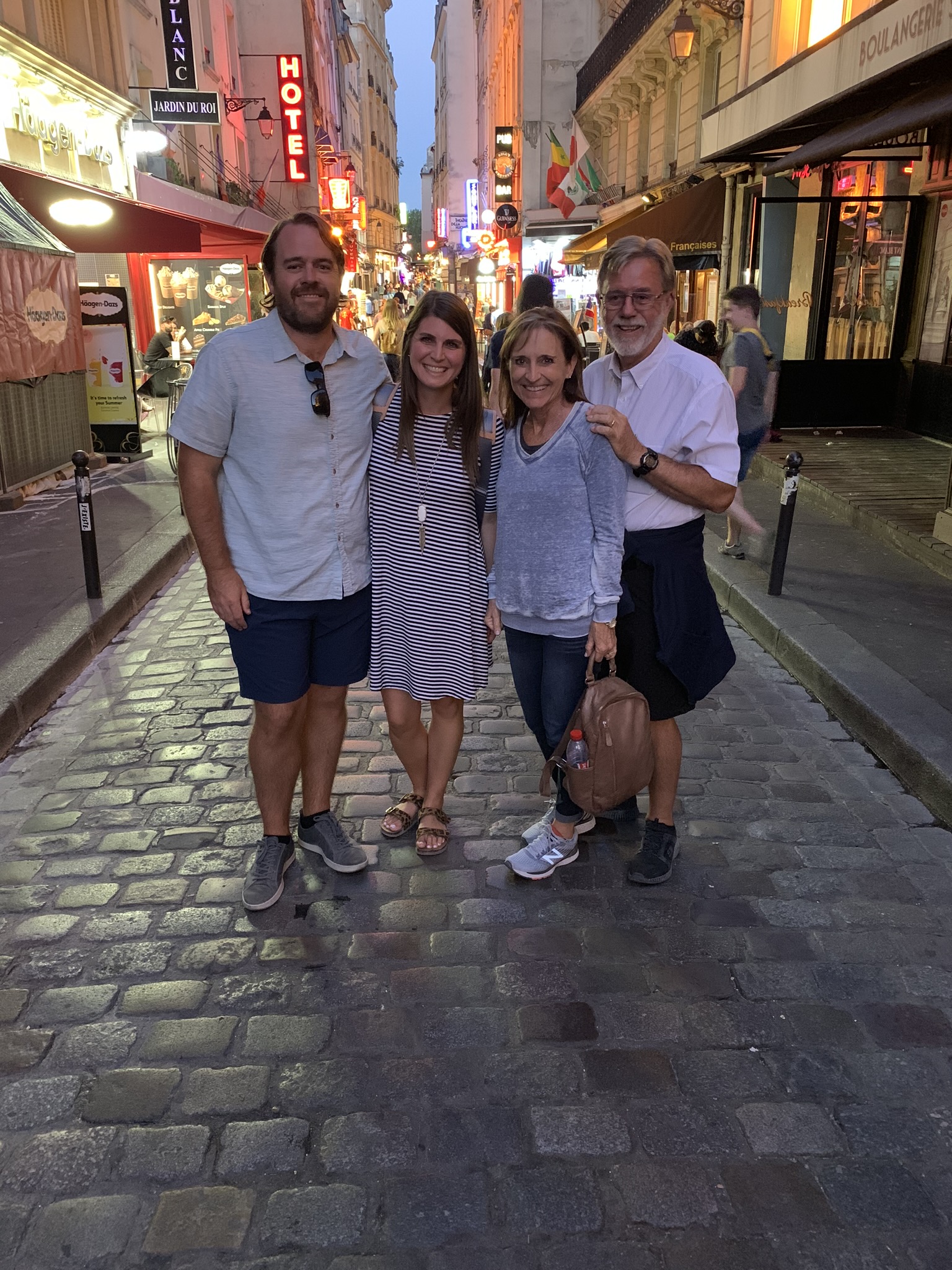For readers deeply involved in the world of contemporary literary fiction, Fall 2021 was a huge season of new releases. I have absolutely zero self control when it comes to buying new books from authors I love, many times as pre-orders, which meant I found myself continuously receiving Amazon boxes September through December of last year, often unsure of what book would be inside. I rarely get to read new books during the semester, so as the holiday approached, my stack of new-books-to-read-during-the-Christmas-break got bigger and bigger. As soon as finals week hit, I cracked open the first one, and with the new semester starting this morning, now is the time to reflect on what I was able to read.

Crossroads by Jonathan Franzen – I already talked about this in my last post, so I’ll simply say again how much value Franzen’s attention to characters. He’s not a genius when it comes to plot, which is why I hesitate to recommend this book to anyone looking for a page-turner. He is a genius when it comes to using prose to create human beings and human lives. I’ll be very excited to read his next book, which will be the second of his trilogy.
Matrix by Lauren Groff – This is an easy choice for my least favorite of the bunch, which resonates with what I said about this book in my previous post. I rarely found motivation to turn the page, and this is a book I would have decided not to finish if not finishing books was something I let myself do more often.
The People in the Trees by Hanya Yanagihara – If you go back to one of my posts from a few years ago, you can read about how much I loved A Little Life, Yanagihara’s 2015 novel. Two years before that magnum opus, she published a shorter–but still quite long–novel about a mid-20th century scientist who discovers an unknown species of turtle with life-extending powers for a native tribe on a remote Micronesian island. As that description probably makes clear, the book is very different from A Little Life, which focuses on four friends in contemporary New York City. Considering this, there was nothing about the plot or story of People in the Trees that reminded me of A Little Life, but the readability and precision of the writing is similar in each. And while the subject matter of The People in the Trees is peculiar and very specific, the last thirty pages or so have a serious payoff, and the book left me stewing about what I had just read to a greater extent than most books I’ve read in the past year or so. It’s one of those books that makes you think it’s one thing, and then makes you think it’s actually something else, and then ends by making you question whether it’s either one of those things. I recommend it, and I’m very excited about her third novel, To Paradise, which actually comes out this week.
Bewilderment by Richard Powers – This is also one I spoke about in my last post. Now that I’ve read a few more, I think I can still say Bewilderment is my favorite book from the 2021/22 holiday season. The Overstory won Powers the big awards in 2019, and rightfully so, but I think Bewilderment–although smaller in scope and technical achievement–is actually more emotionally-engaging. It’s also a much shorter and easier read.
Cloud Cuckoo Land by Anthony Doerr – All the Light We Cannot See won Doerr the Pulitzer Prize in 2015, and I have always talked about that book in the most positive way. That story is crafted so beautifully, and I’ve always said that Marie-Laure is on my Top 10 list of favorite literary characters. That book pretty much gathered all acclaim a book can get in the 21st century, so it was always going to be a huge task for Doerr to follow it up. What does he do? Somehow, he goes even bigger with Cloud Cuckoo Land, a book about books that uses a made-up book as the unifying thread of concurrent stories from the past, present, and future. It’s expansive, it’s confident, and it’s ambitious. It wasn’t perfect for me, and I’m still not sure I can say I liked it more than All the Light We Cannot See, but that’s not a critique of this book as much as it is another endorsement of how much I loved the other one. I had a lot of fun reading Cloud Cuckoo Land, especially with a couple of the storylines. This is one I will probably read again in the future, which says a lot for a 600+ page book, and I think it’s one I’ll be able to appreciate more on a second reading when I don’t have to orientate myself on what the book is doing.
A Single Man by Christopher Isherwood – This book takes the prize for the most random read of the holiday season. If I remember correctly, I was listening to one of my favorite podcasts about movies, in which the conversation moved to Colin Firth, and someone briefly mentioned A Single Man, Tom Ford’s 2009 film. A quick IMDB search lead to an impulsive purchase of the source text, the 1964 novel by Christopher Isherwood. The book showed up on my doorstep at a perfect time, the day after I finished Cloud Cuckoo Land, and the prospect of reading a 184-page book was extremely welcome after the tome from Doerr. I read A Single Man in a two-day span, which isn’t normal for me. I really, really liked it. As I read it, I was reminded of Giovanni’s Room by James Baldwin, The Year of Magical Thinking by Joan Didion, certain episodes of Mad Men, and even Camus’s The Stranger. A Single Man isn’t exactly like any of those, but its tone, content, and ending produced those different echoes for me. I had exactly zero expectations of this book before I picked it up–which is my preferred way to pick up a text–and I ripped through it. I wasn’t around in 1964, of course, but I can only imagine how it was received then. It feels like it was way ahead of its time, and not just for its frank and normalizing depiction of homosexuality. It also feels ahead of its time in how it honestly depicts grief and, beyond that, how loss of another impacts our sense of self.
Our Country Friends by Gary Shteyngart – My last book before a new semester was my favorite for about 200 pages or so, but the final third let me down a bit. I still liked it, and Our Country Friends further supports my high view of Gary Shteyngart. Super Sad True Love Story was really interesting–I remember unexpectedly-cool things in that book about technology–but his 2018 novel Lake Success is my favorite of his. I did not like Our Country Friends as much as that one, but there is plenty in it to make it worth reading. Most notably, it’s one of the first novels to be written and set in the COVID-19 world. It’s about the virus, kind of, but it’s really about how a small group of friends responded to it. Normal human drama follows, and the things that happen between these people for 300 pages are not unique to people experiencing a pandemic. But COVID-19 sets the scene, and I can see myself returning to Our Country Friends in the future as a way to look back (hopefully) and remember how 2020 and 2021 (let’s hope not 2022, too) actually played out. There are also lots of funny, witty moments in the book, which is to be expected in a Shteyngart novel. I just don’t think the last 50 pages or so work as a conclusion to the previous 250.
I don’t usually rank books, but since I read so many this holiday season, and since I’ve talked about them in this singular post, I figured it would make sense to rank them. Here’s a picture of all of the books, stacked in order from favorite to least favorite:

Looking at that picture, I remember why I don’t usually rank books, because it’s a faulty endeavor that creates unintended meaning. For example, when Our Country Friends is second-to-the-bottom of a stack like that, it implies I didn’t like the book, which isn’t true at all. If I was jumping on a plane tomorrow and the only book I had was Our Country Friends, I would gladly re-read it. That goes for all of the books on that list, other than Matrix, and ranking a bunch of books you like is a problem because levels of “like” for books is a weird thing to judge. A month from now, I might actually stack them differently. And, to be honest, if I had explicitly-labeled criteria for the rankings, they’d probably shake out differently. If I was talking about which ones have made me think more and have stuck in my brain, then The People in the Trees would be maybe at the top, because that book has certainly stuck in the back of my head since I finished reading it, unable to let me forget it. Or if the main criterion was which one was the most impressive from a craft and world-building perspective, Cloud Cuckoo Land would clearly be at the top, with The People in the Trees in second. But I didn’t outline my criteria, and so I’ll leave my stack like this.
The ultimate lesson of this ranking exercise is that the hype I had built up in Fall 2021 about all of these big books coming out ended up being valid, because this was certainly a season of great books (minus Isherwood’s and Yanagihara’s, which were published in 1964 and 2015 respectively). I’ve actually got a couple more to get to, too: A Calling for Charlie Barnes by Joshua Ferris, and Harlem Shuffle by Colson Whitehead. Sometimes I buy books in a frenzy and let a few of them squeeze past me and sit on my shelves, unread, but since I’m a huge fan of both Ferris and Whitehead, I’m quite sure both of those will be read once I get the chance. For now, though, the focus turns to a new semester, in which I’m teaching a class on archival research (which I’ve never taught before), a multicultural literature class (lots of great re-reading there!) and a graduate single author class, in which a group of students and I will read, discuss, and debate every published word from Cormac McCarthy. I’d do that even if they didn’t pay me.











